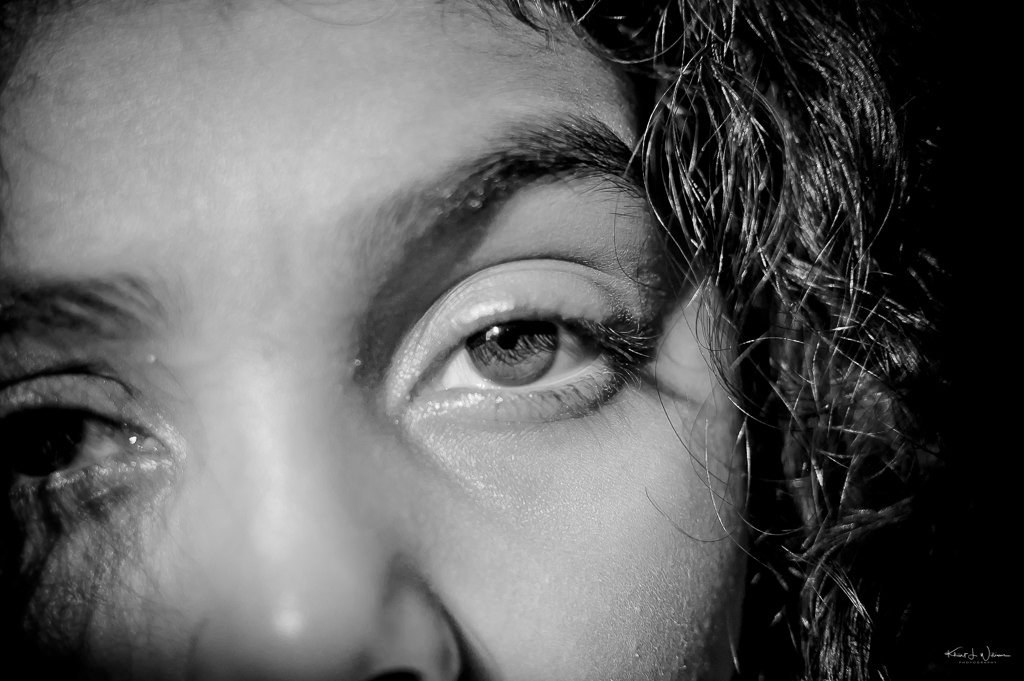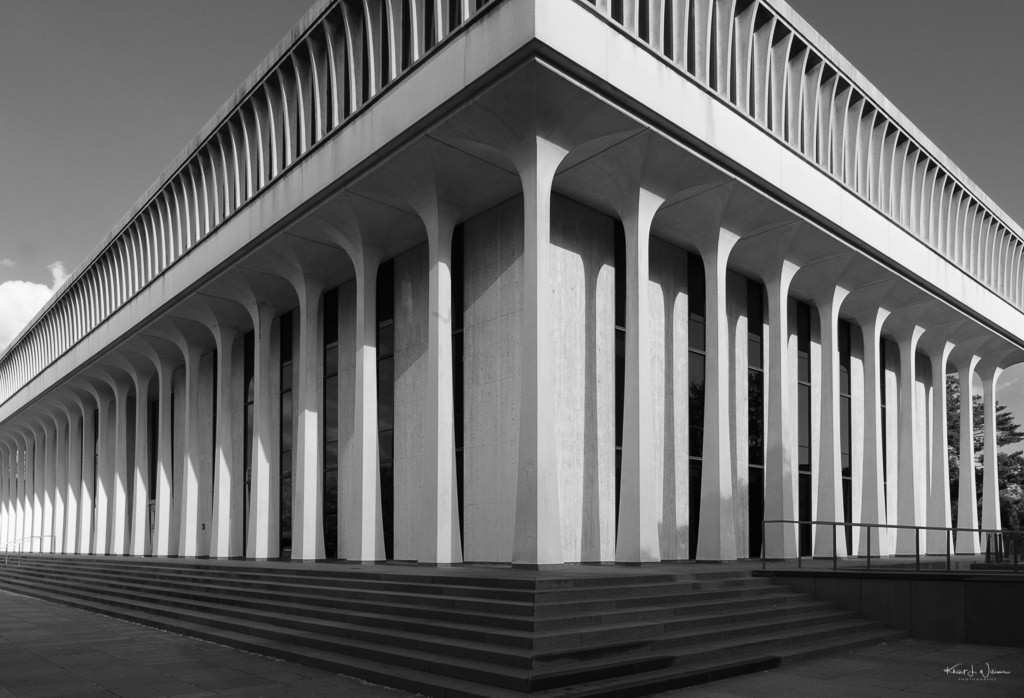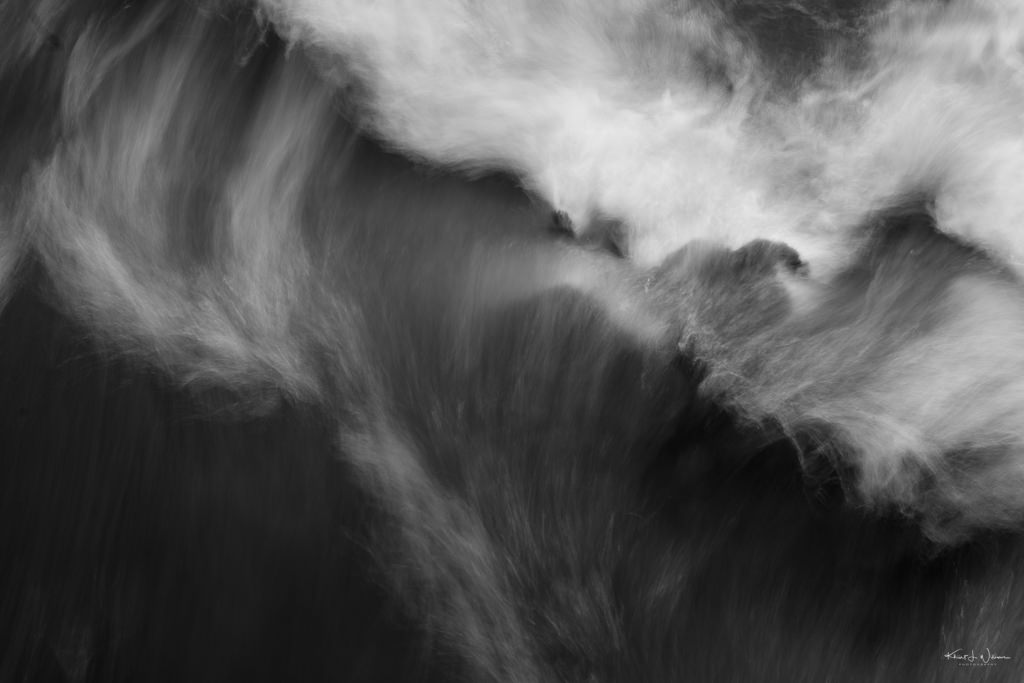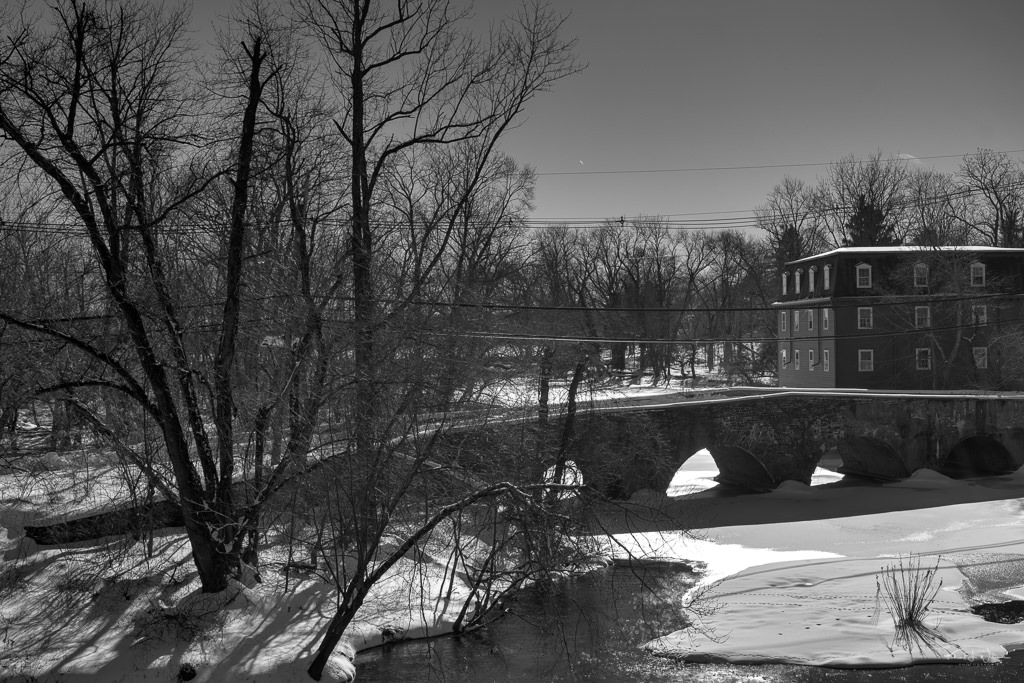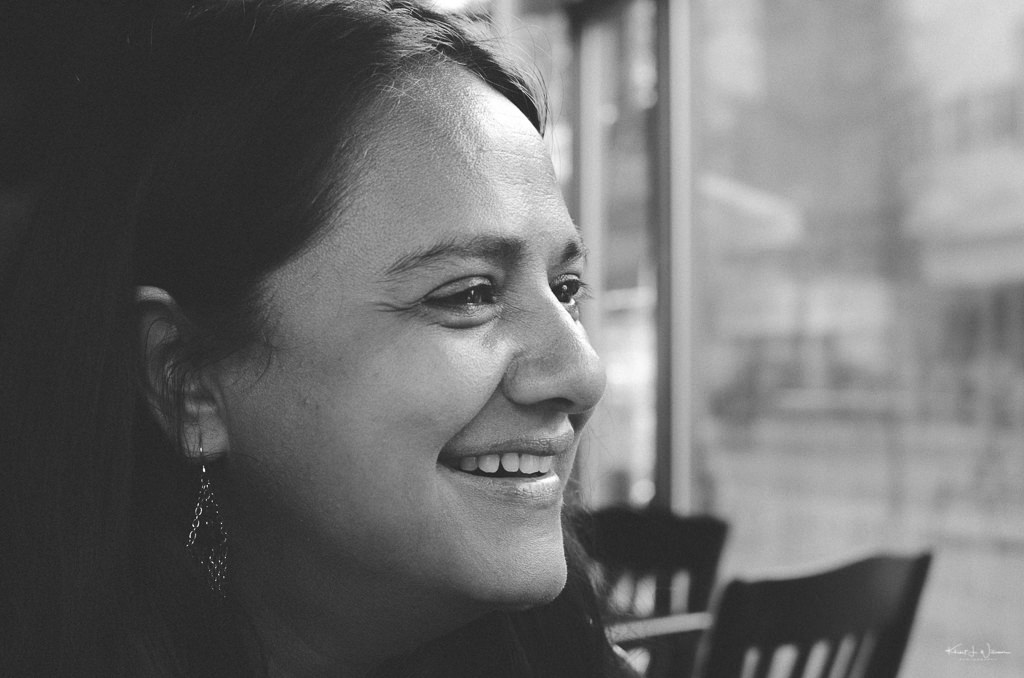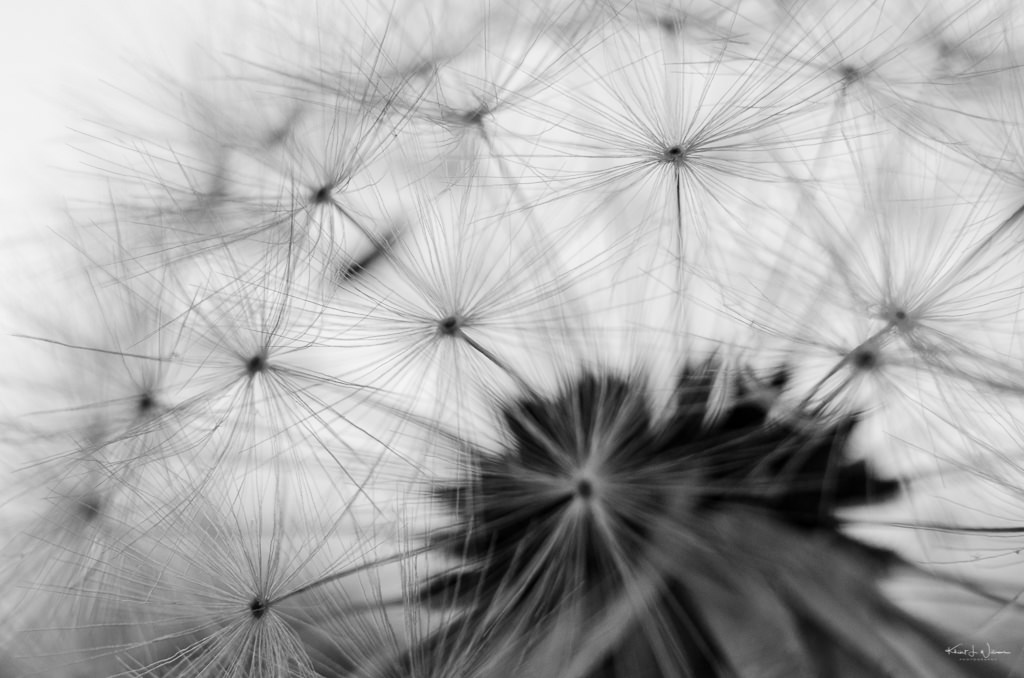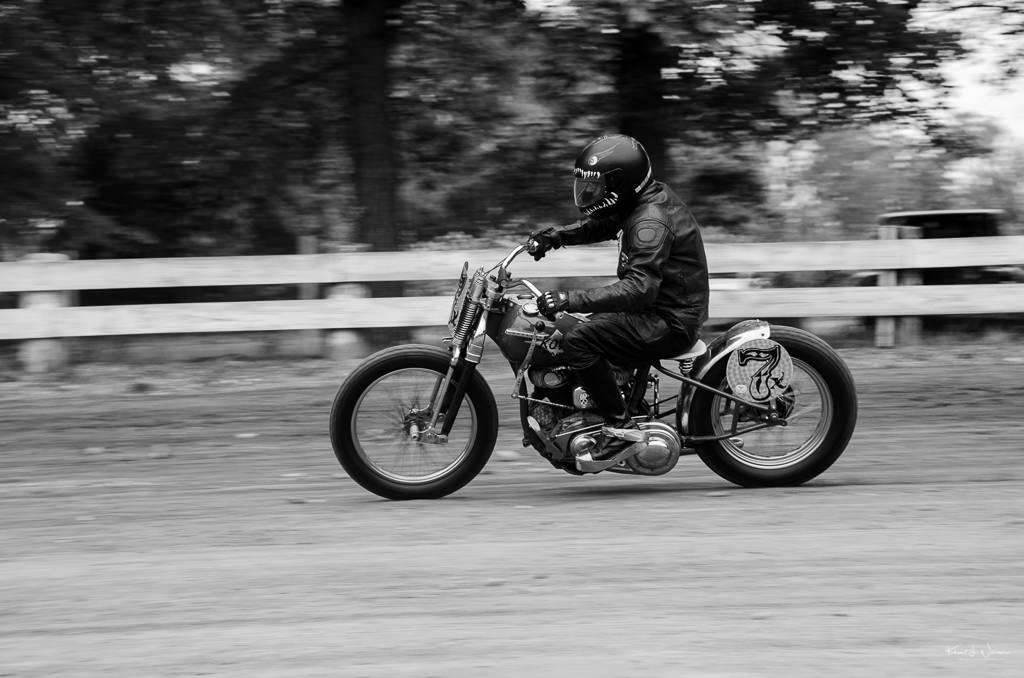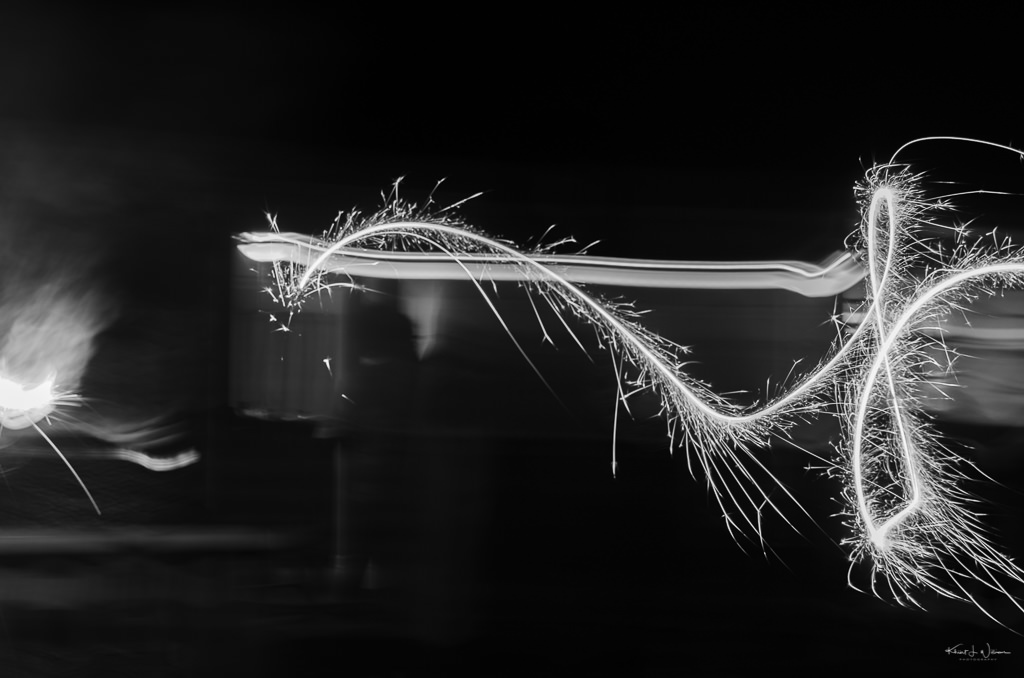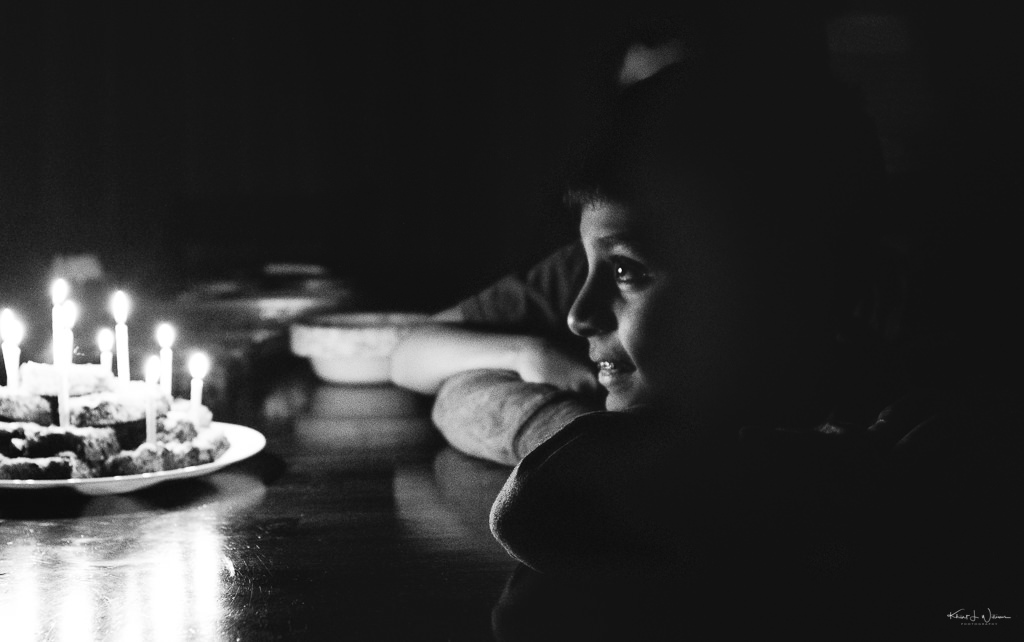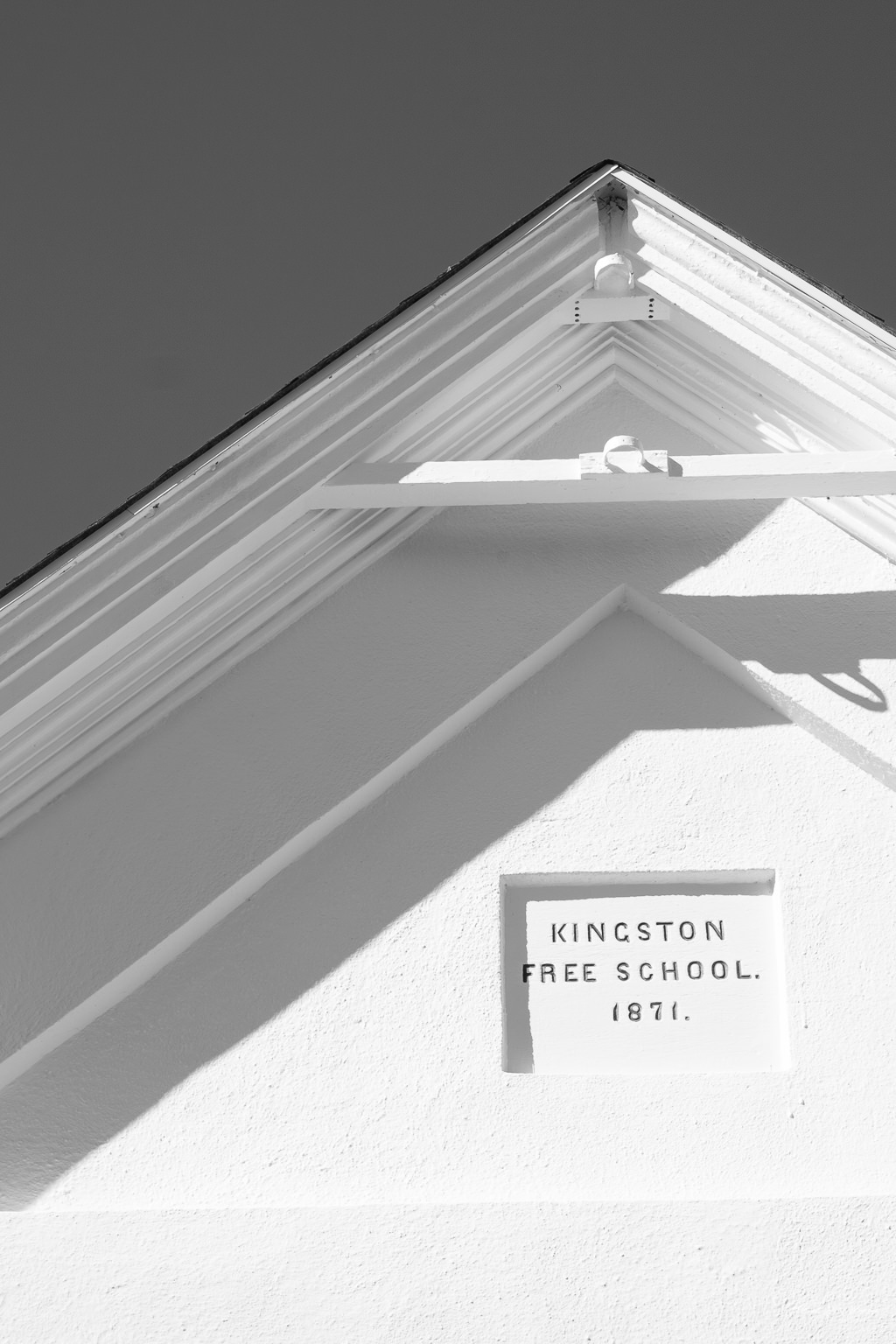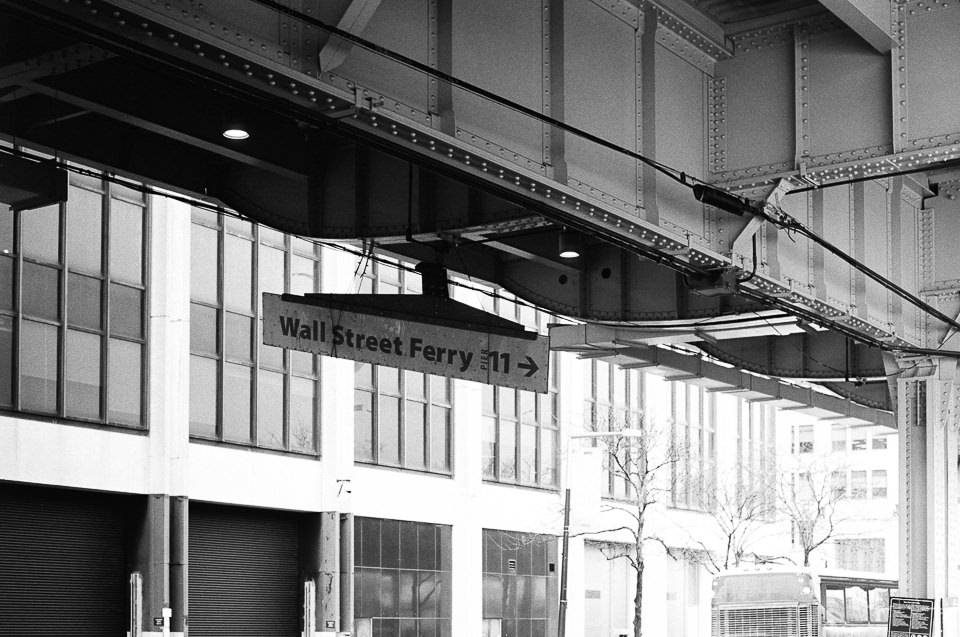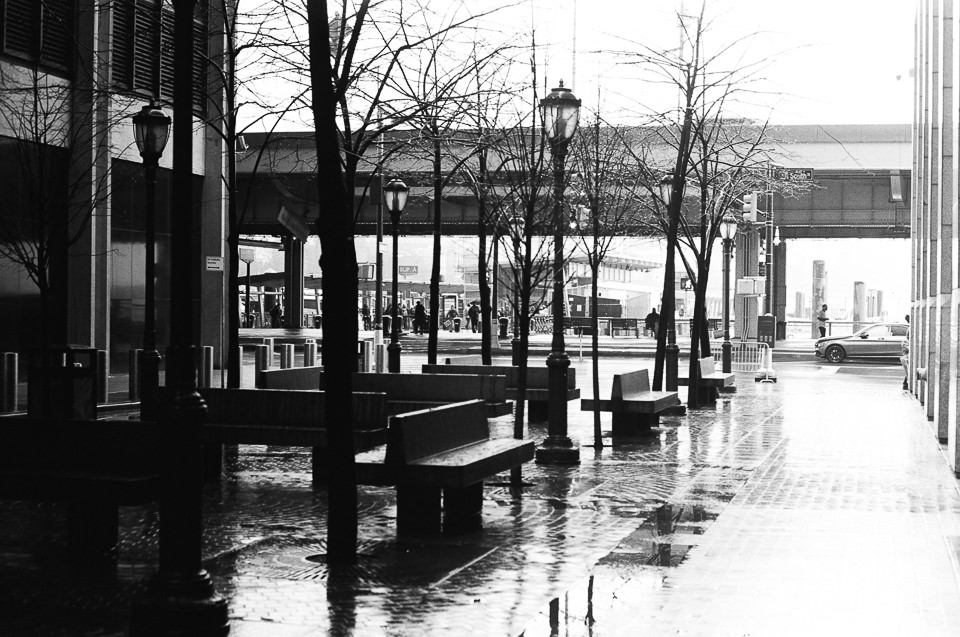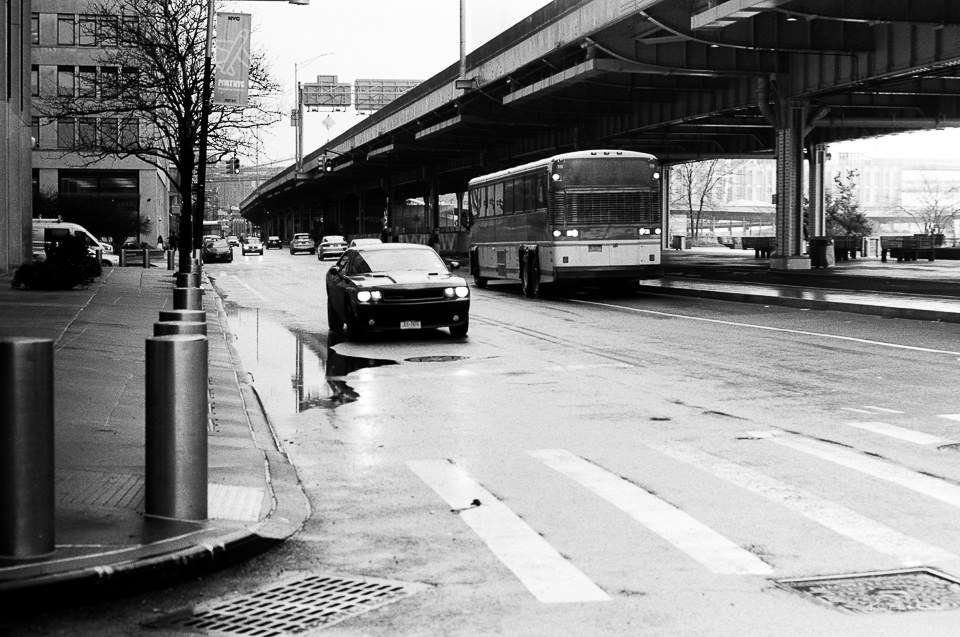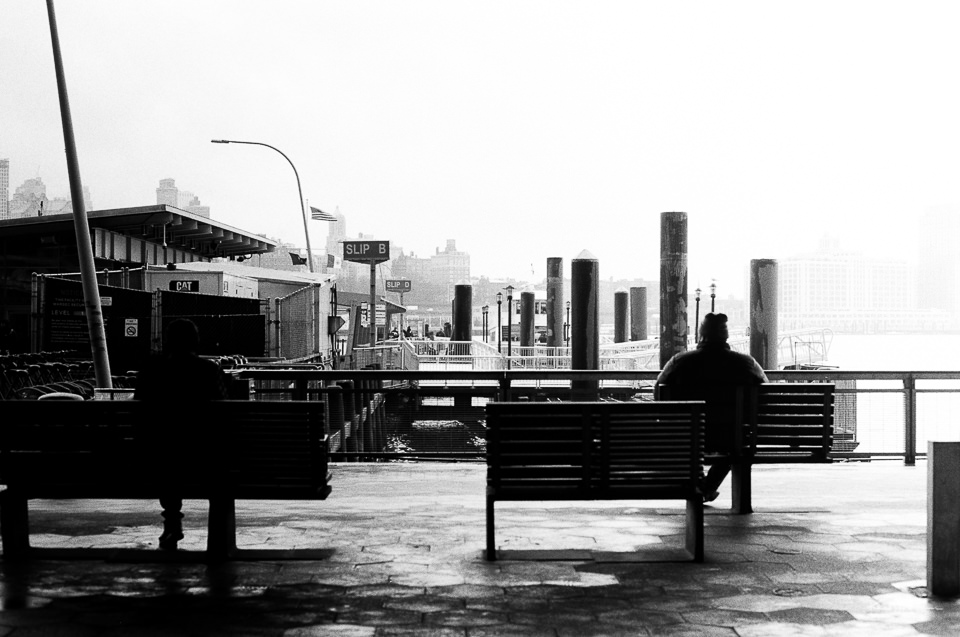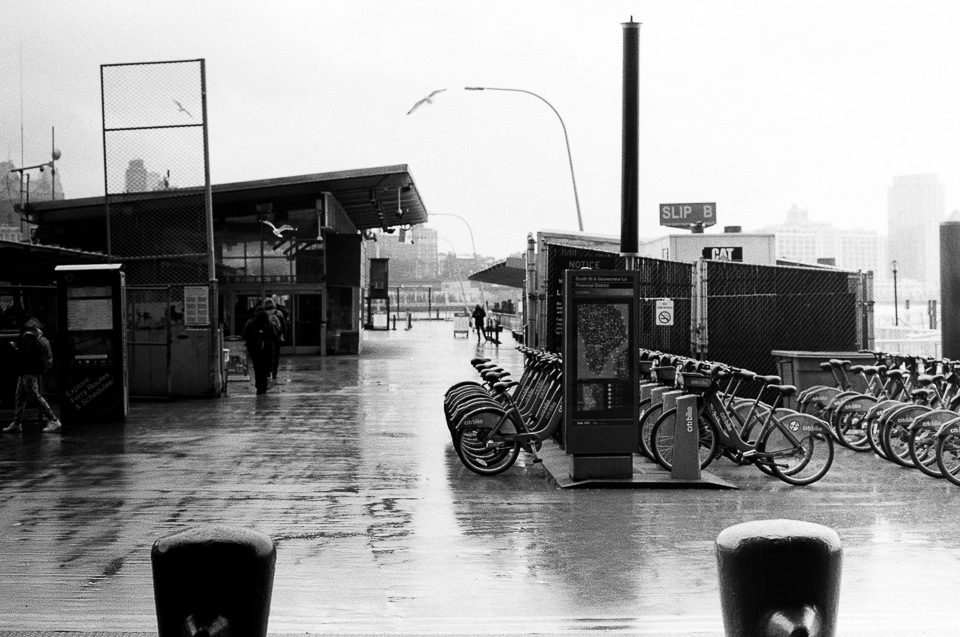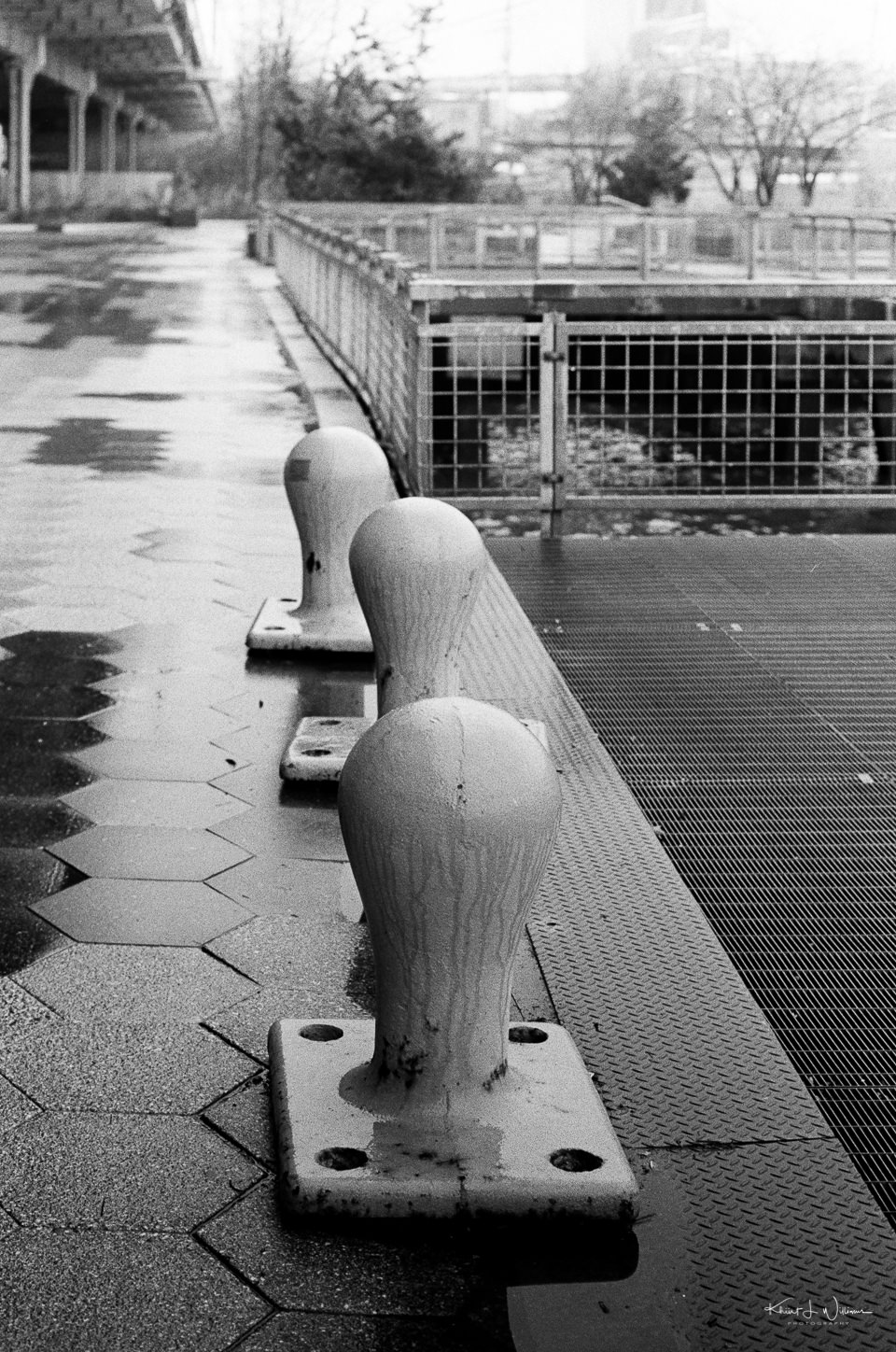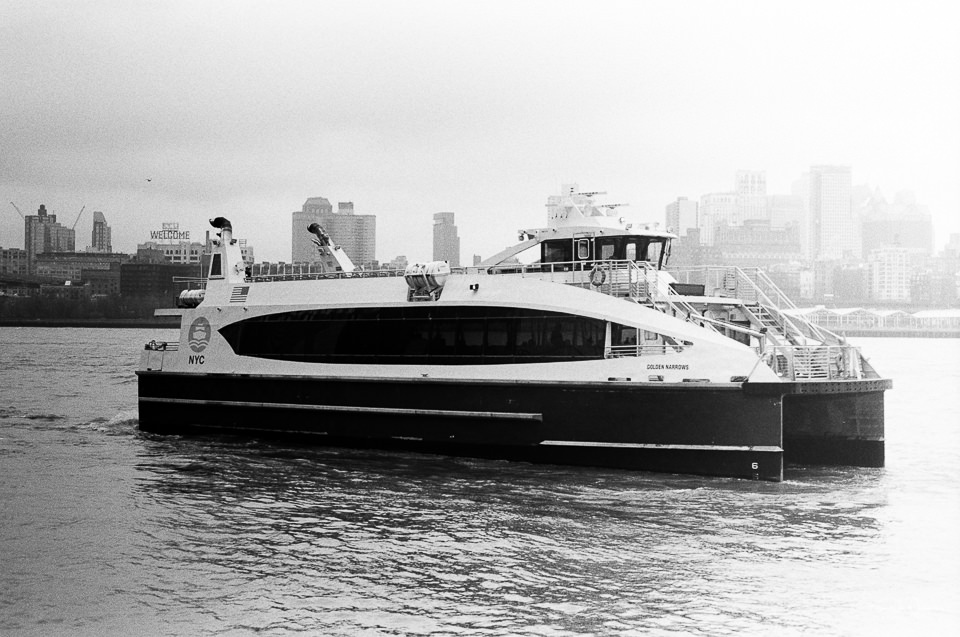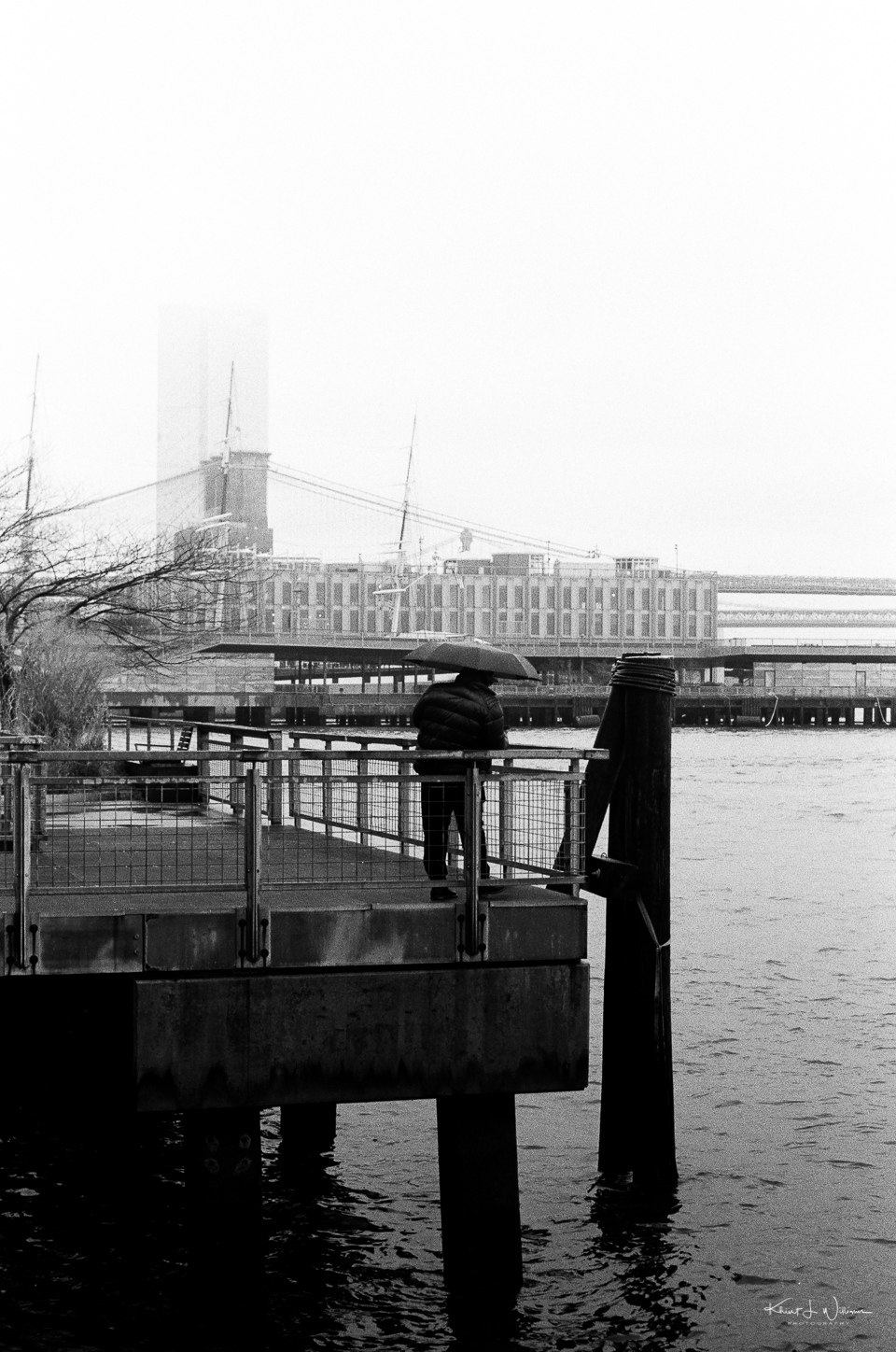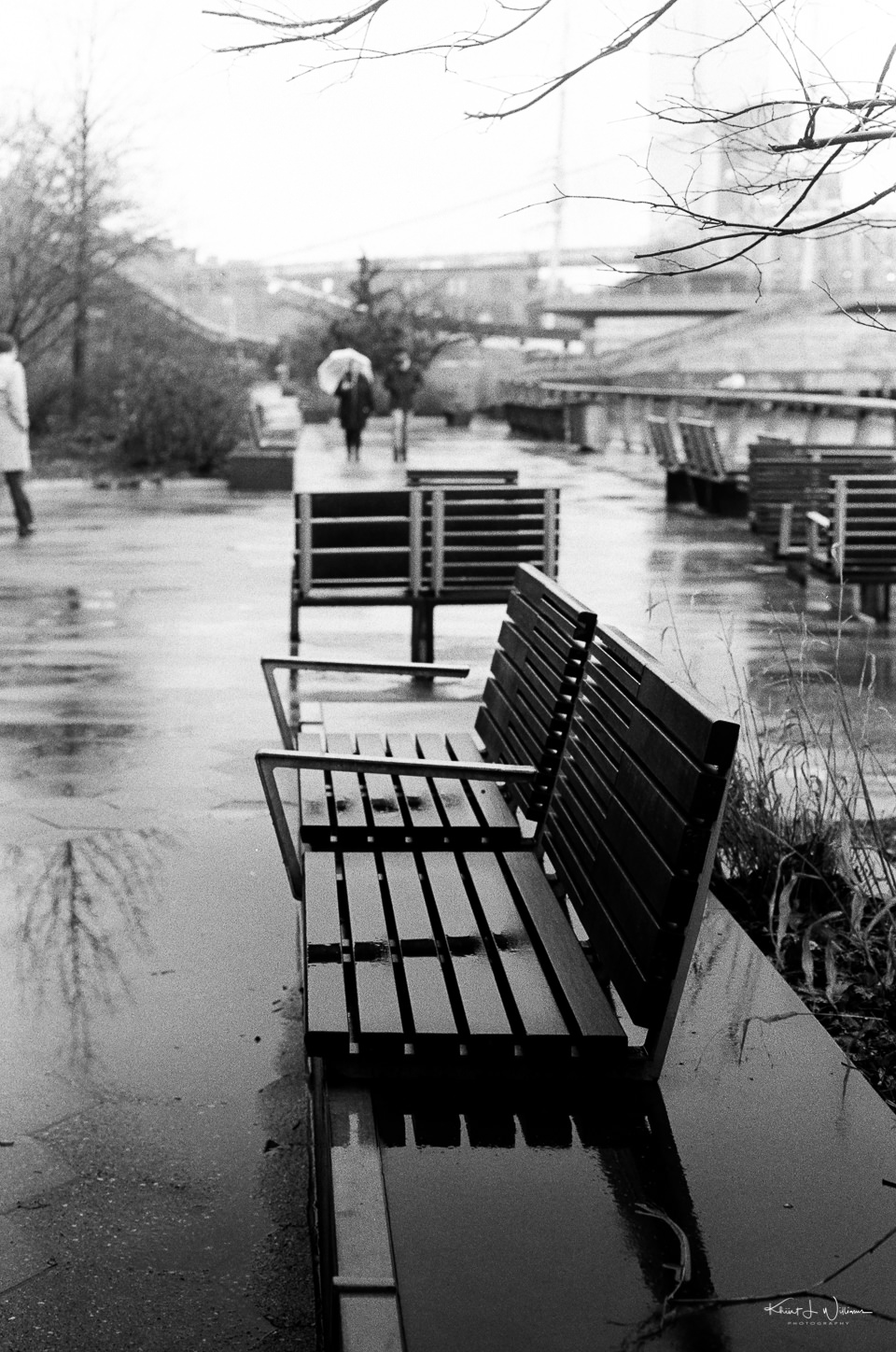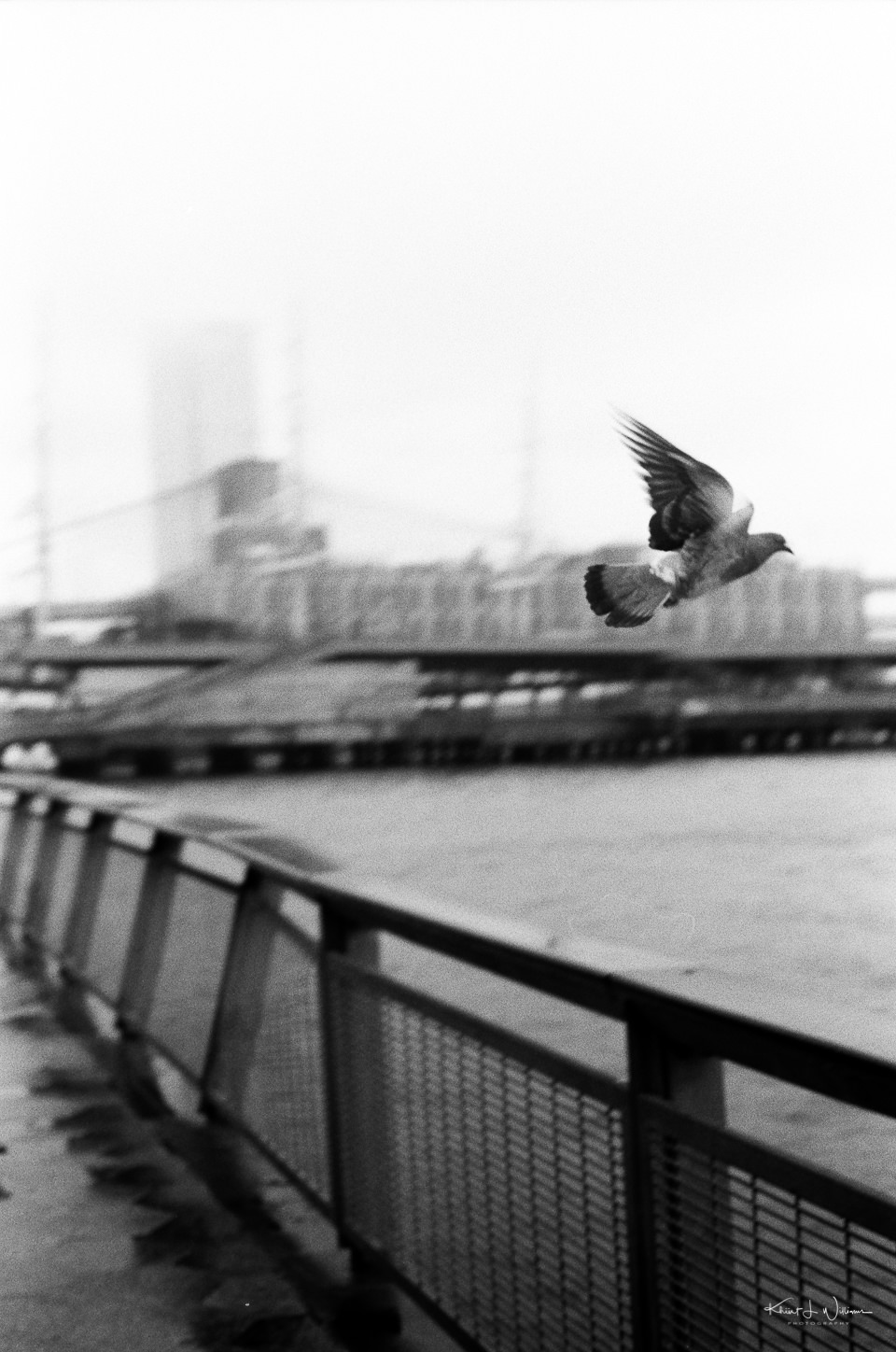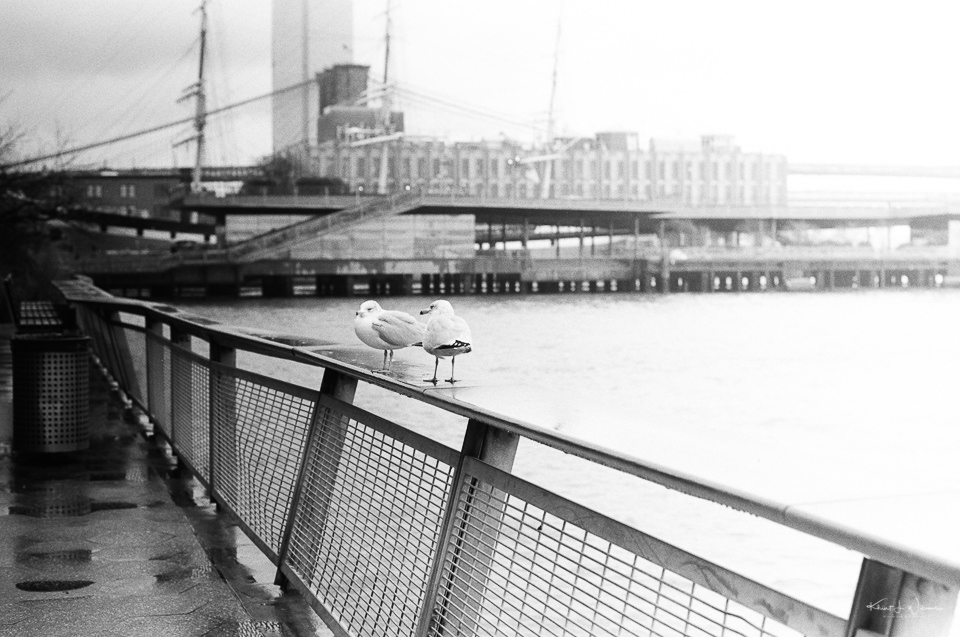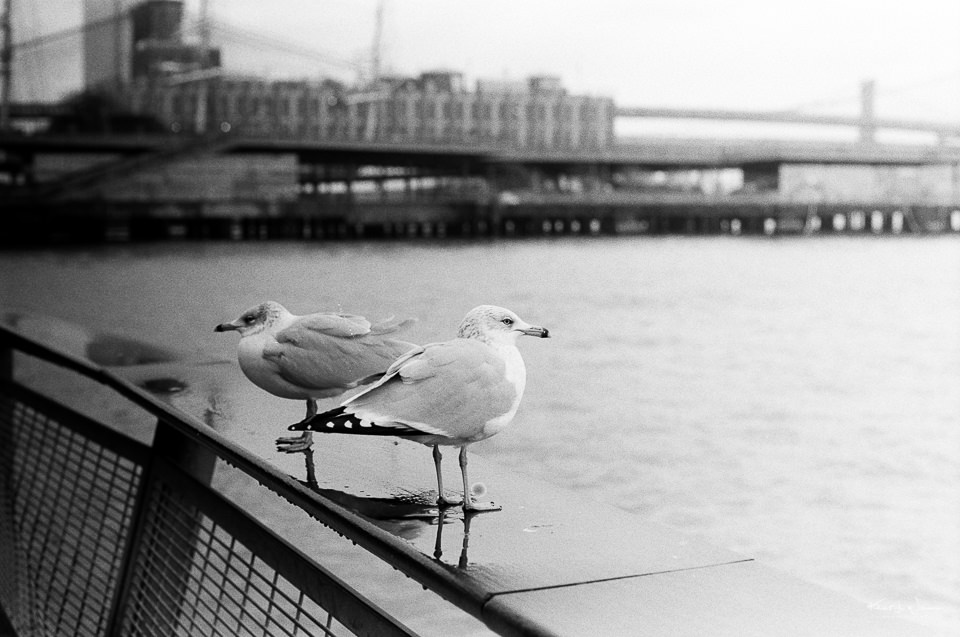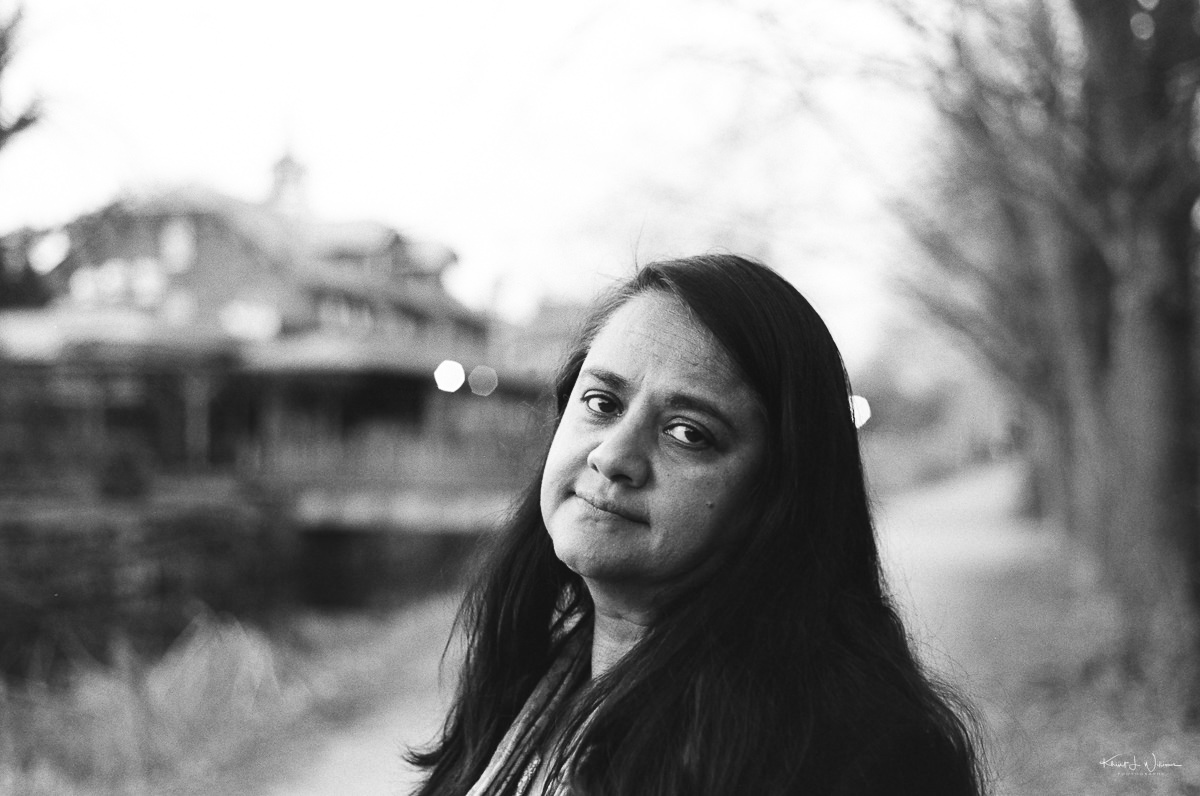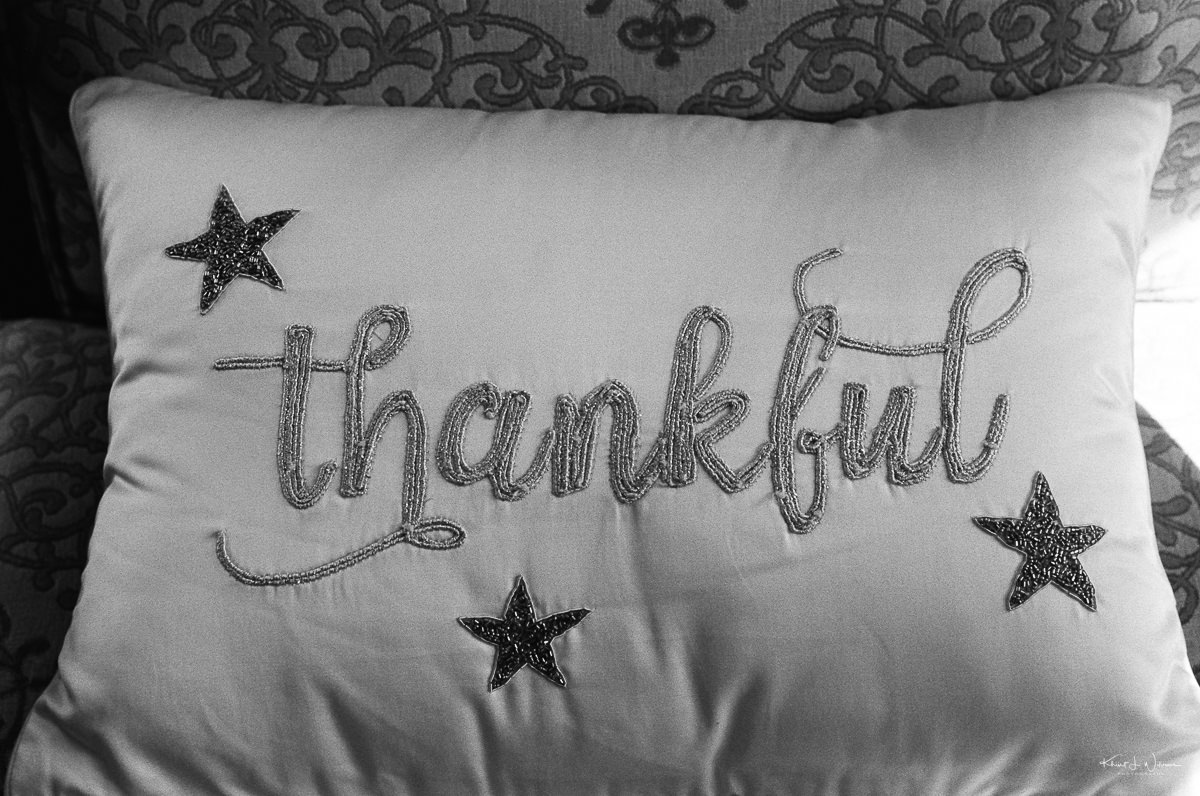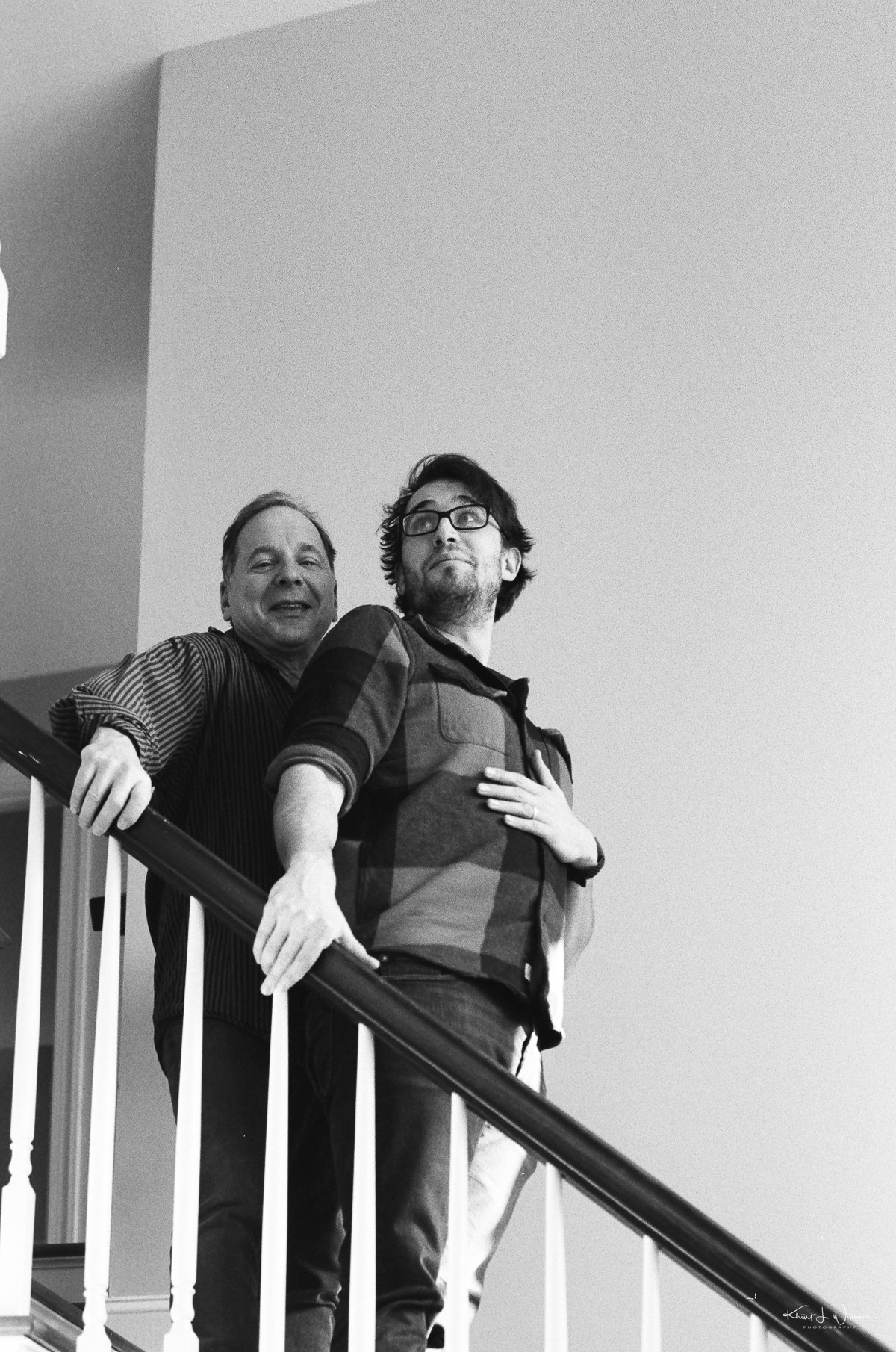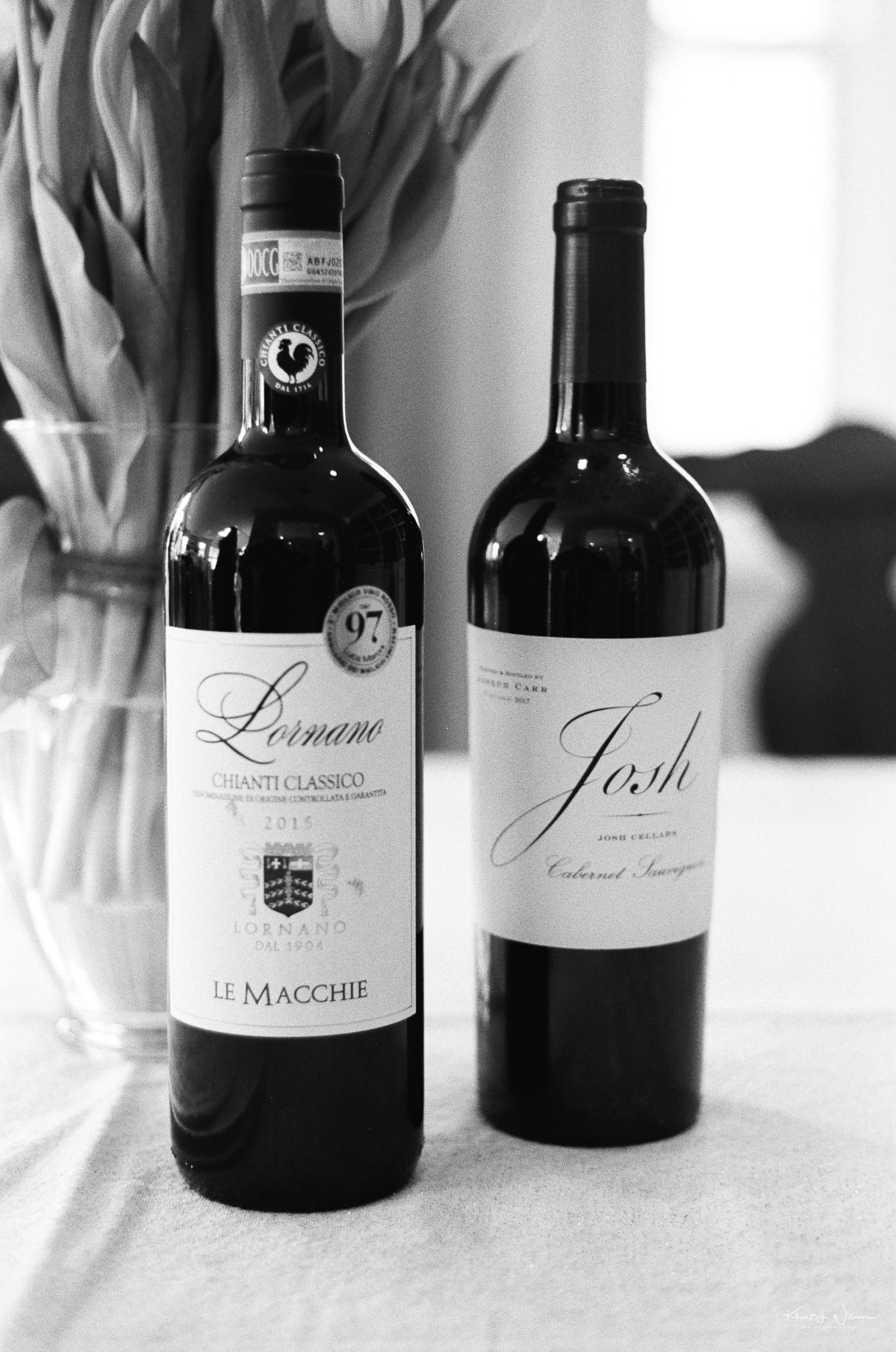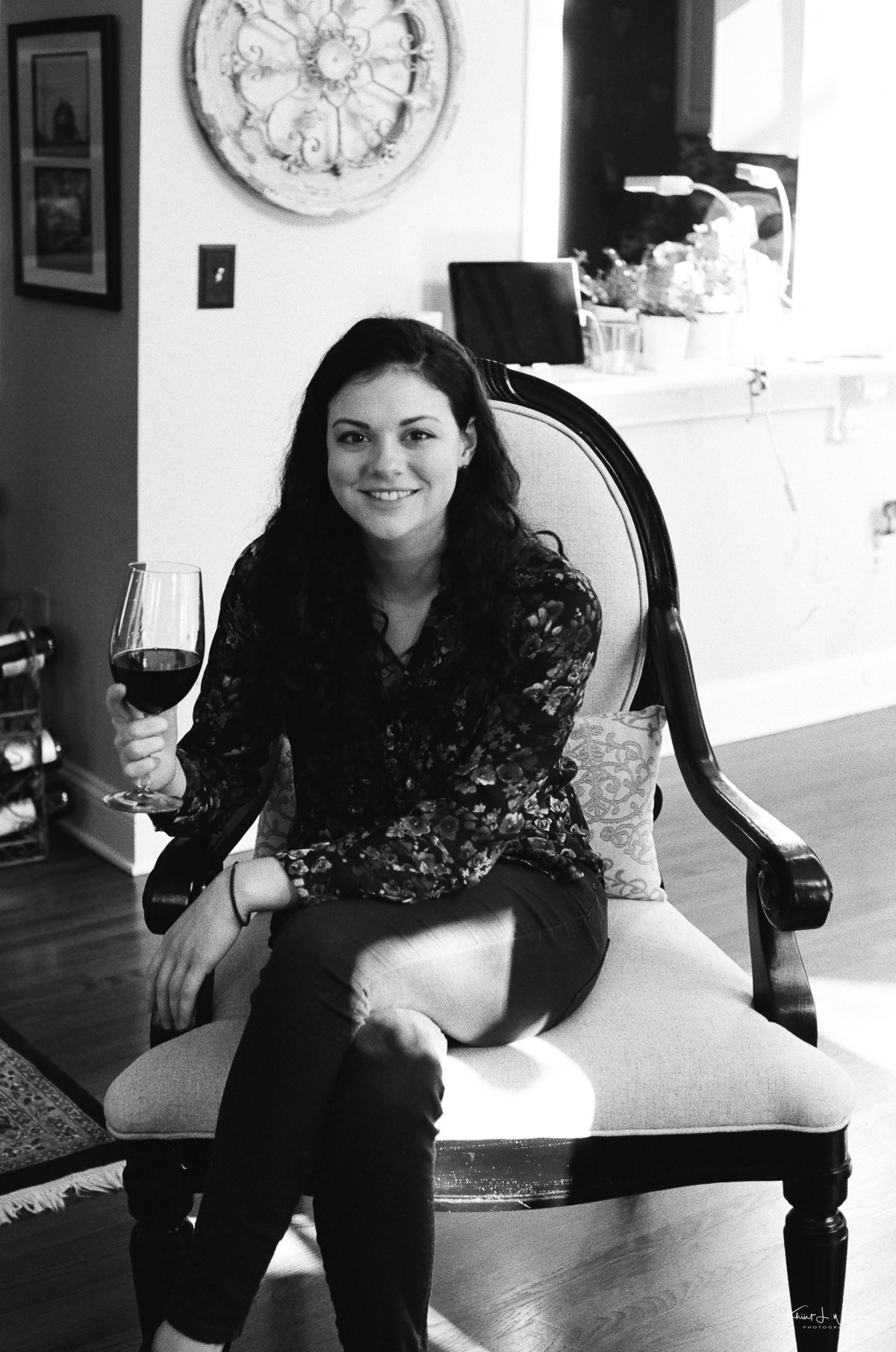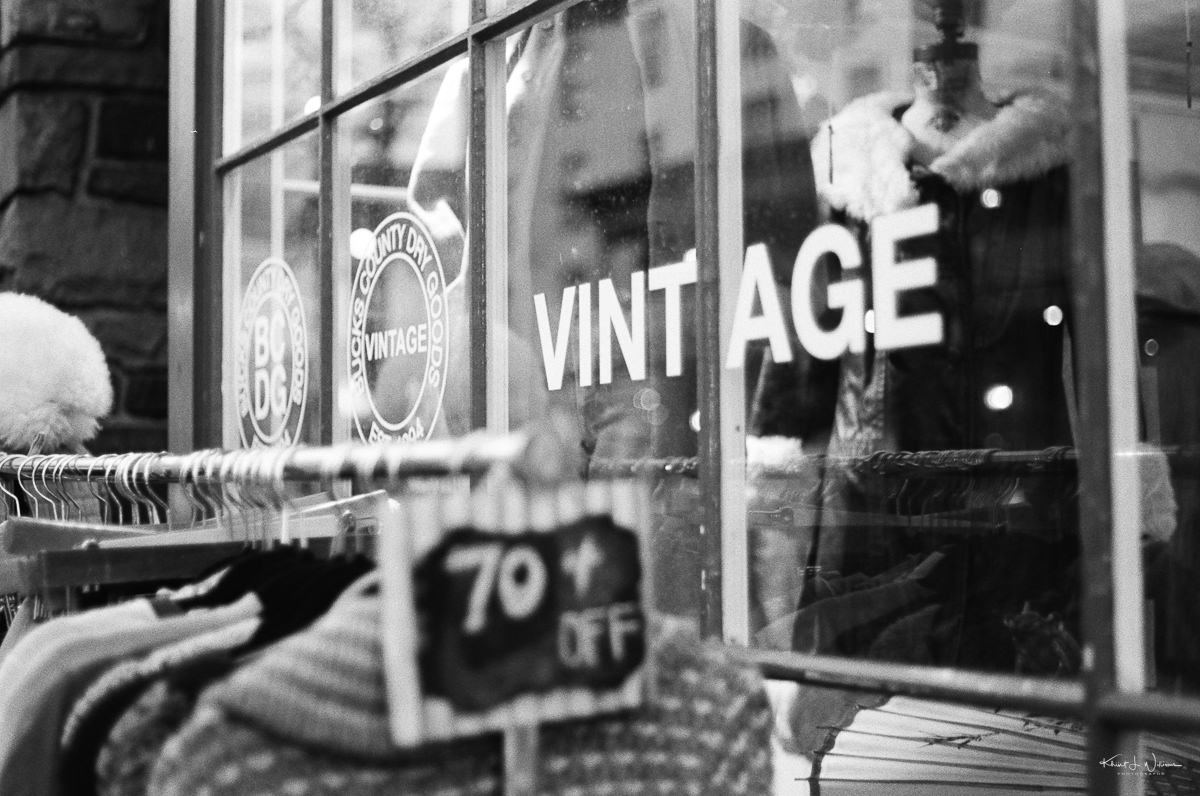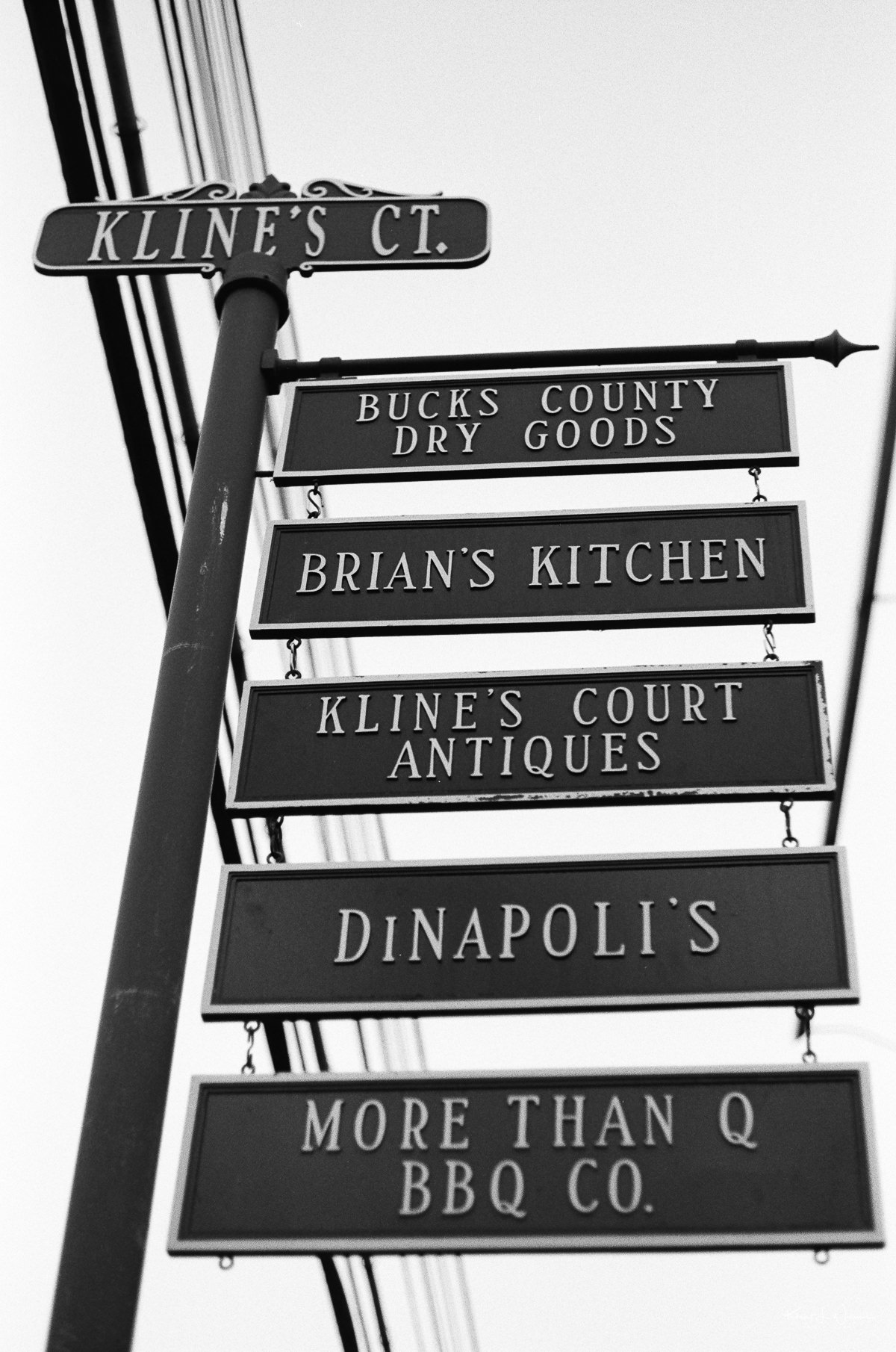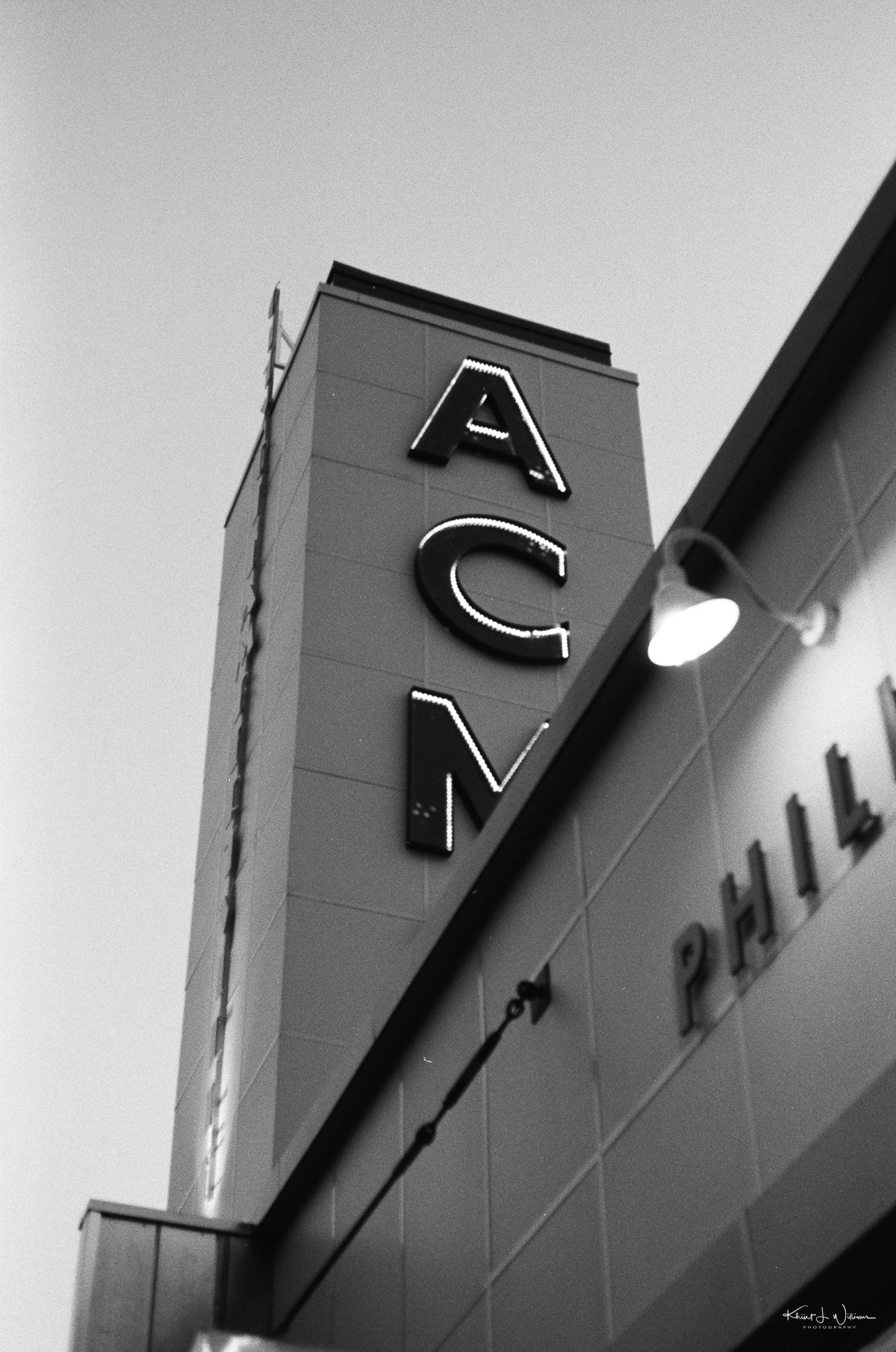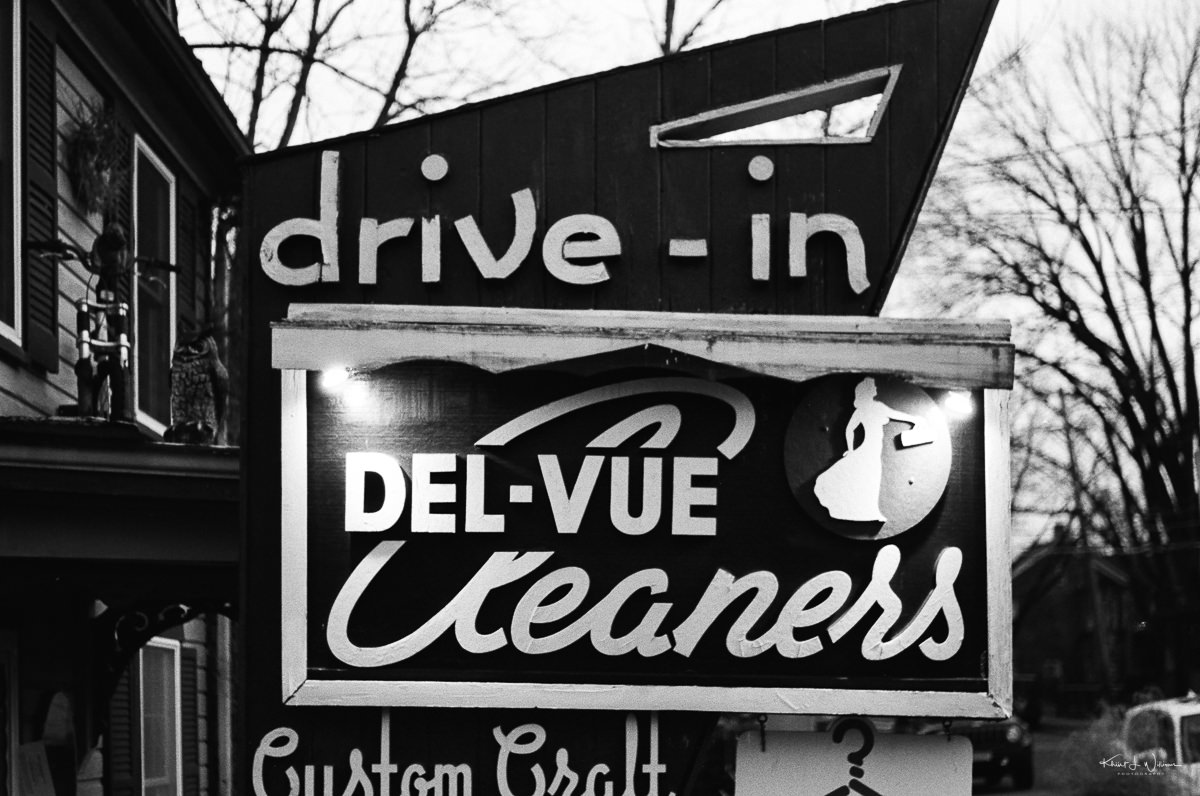Tuesday 6 July 2021
The Online Photographer compares the Fujinon XF27mmF2.8 R WR to a Nikon SE.
The new version of the Fuji XF 27mm ƒ/2.8 R is 22.7 mm shorter than the Nikon SE and about the same diameter. It's also considerably lighter at 84g / 3 oz.
It also sports about the tiniest lens hood ever...almost comical-looking. And yet, who wants a giant hood on a small lens?
There are a few more differences. The Nikon SE has nine elements, and the Fujinon has seven. The XF 27mm has an aperture ring, and the 28mm SE doesn't (neither did the original Fuji 27mm). The Fuji costs $399 (although, as Fujiphiles know, Fuji has periodic sales), and Nikon says the SE will cost $299 when available.
I keep reading good things about the XF27mmF2.8 R LM WR lens, which makes me smile, but then I am reminded that the lens is sold out everywhere, and the smile turns to a frown. It's good that I didn't sell my XF27mmF2.8 lens and place my order when the XF27mmF2.8 R LM WR was announced.
I watched the most recent episode of Apple's TV series, Home Before Dark. The episode is titled "Dark Rooms". During an emotional outburst, the main character, Hilde, breaks the lens on her camera and borrows her grandpa's old-school film camera. There is a great learning moment with the whole family huddled around Hilde holding the film camera. Her dad, Matt, explains that with 35mm film, you take pictures by exposing the roll of film, then when the roll is finished, you drop the film off at the drug store, and two weeks later, you get photographic prints by which time you've forgotten why you took them. Later in the episode, her dad helps her develop the images in the darkroom he set up in the basement of their home.
I have not developed a 35mm colour film since 1989. I'm inspired by nostalgia to develop a roll of 35mm film myself. I've got a kit from Film Photography Project in my shopping cart, but I'm nervous about completing the purchase.
I'm worried about failing.
Wednesday, 7 July 2021
"The discussion was 'what are we doing in the future in terms of engine', because we want to save costs, so we don't want to reinvent the wheel," [Toto] Wolff, who did not attend the summit but is protecting vested interests, told the FIA conference on Monday.
"We also want to have a relevant engine from 2025 to 2030, and we can't be old petrolheads with screaming engines when everybody expects us to be going electric.
"So these engines are still going to be fuelled [by zero-carbon fuels]. We are staying with the current V6 format, but the electric component is going to massively increase."
The FIA are increasingly aware that a sport primarily based on burning gas station amounts of fuel on a single weekend needs to adjust expectations for a world where the phrase internal combustion engine is increasingly seen in a negative light.
Thursday 8 July 2021
Over on 35hunter, Dan James asked:
One of the things I love about my Fuji X-T2 is how easy manual focusing can be when using the focus peaking feature. On the Fuji, focus peaking detects the edges of the highest contrast in the scene and highlights them in bright colours (red, blue, or white).
I can adapt almost any manual focus 35mm film-era lens to my Fuji X and never worry about focusing. The ability to use decades-old 35mm film lenses on my Fuji X-T2 brought me back to 35mm film photography after a nearly thirty-year hiatus.
The digital Fujinon lenses for the Fuji X-series also have a focus ring with an instant manual focus feature. Just grab the focus ring and turn. In the viewfinder (or LCD), a manual focus indicator shows the distance to the subject (in meters or feet ), which is useful when zone-focusing. There is also a manual focus assist feature. When activated, the camera zooms in digitally, filling the viewfinder/LCD with a section of the scene for more accurate focusing. There is a digital split image focusing feature, but I have never used it. When using manual 35mm lenses at their largest aperture, I tend to use focus peaking and the "move the body forward-back" technique.
I enjoy using manual and autofocus lenses, but I prefer autofocus.
Saturday 10 July 2021
Inspired by Steve Schwartzman's horsemint portraits post, I grabbed my Fuji X-T2, FotodioX adapter, and a 1980's era manual film lens, my Minolta MD Rokkor-X 50mm F1.7 and headed outside to my garden.
I love this lens. It creates a beautiful buttery soft cinematic look perfect for a portrait photograph. My lens was part of a Minolta X-700 bundle I bought from a local amateur who had owned the lens and kit for over three decades.
The MD Rokkor-X 50mm F1.7 is constructed almost entirely of metal1. It feels hefty compared to my Fujinon XF27mmF2.8 lens, especially with the weight of the FotodioX MD-FX adapter, but it was a reasonably lightweight lens (165g) for its time. My X-T2 has a crop factor of 1.52, so the 50mm is roughly a 76mm full-frame equivalent when adapted to my Fuji.
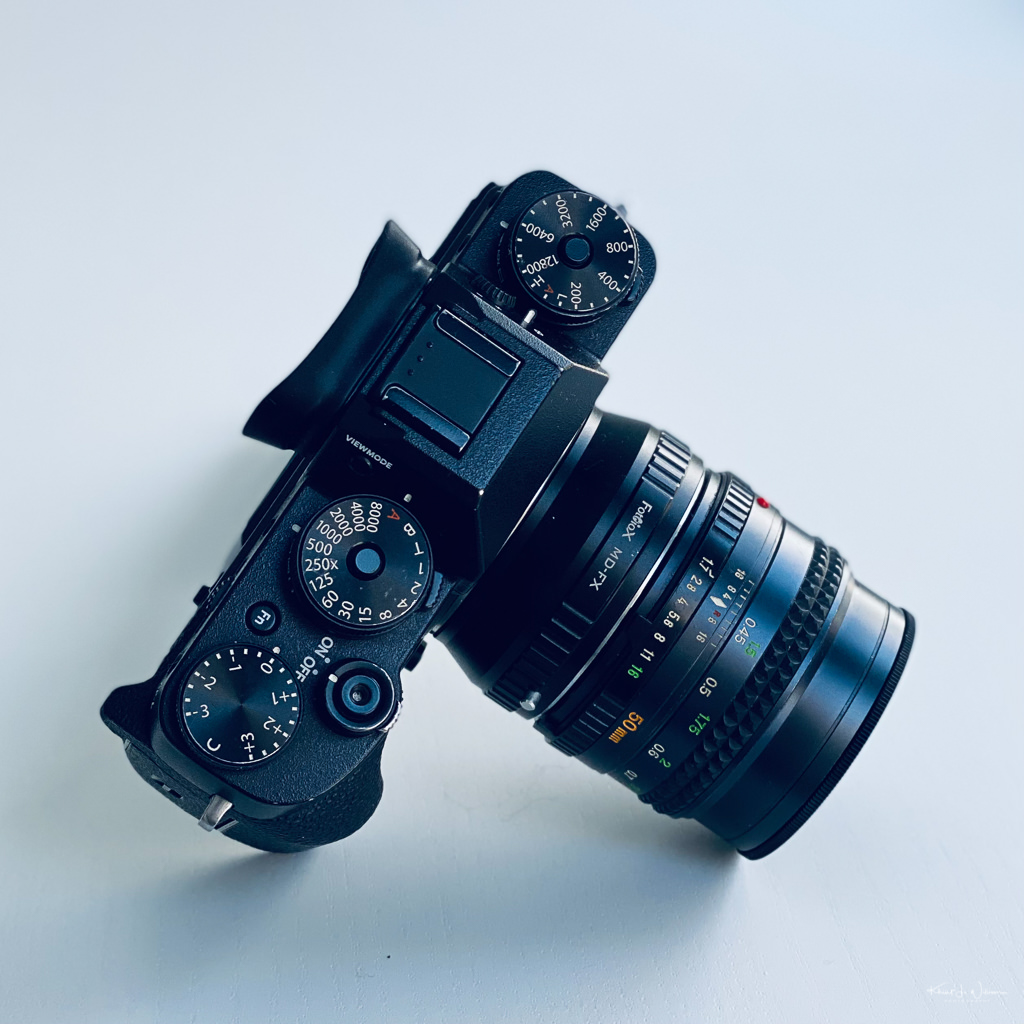
Extirpation is when a plant or animal species ceases to exist in a chosen geographic area of study, though it still exists elsewhere. In densely populated areas like New Jersey, all the large native predators like the wolf, bear, wolverine, and cougar have suffered extirpation, allowing herbivores such as white-tailed deer to reproduce unchecked except by hunting. White-tailed deer are a problem in New Jersey.
Several years ago, I planted some Hosta, which I translated from my brother's garden in Stamford, Connecticut. Over the years, the Hosta have colonised a good section of the tiny garden and provided a short-lived burst of flowers in the summer. They are short-lived because deer find them tasty. This year I used Deer Out to keep the deer at bay; however, I still lost some flowers. But I had enough left over for this experiment.
The lens, camera and FotodioX adapter's overall weight make precise manual focusing extremely tough to nail at f/1.7. I was also kneeling on the concrete in the driveway. I used focus peaking to get the image to where things appeared sharp and then rocked my body back and forth to hit the right spot, but this made the kneeling even more painful. I need to invest in some garden knee pads. I gave up and went inside for my RRS L-bracket and Manfrotto tripod.
With the camera firmly placed to frame the flowers, I used the focus peaking and focus-check features on my Fuji to dial in focus. I captured three frames, one each at f/1.7, f/2.8 and f/4.
Bokeh was nice and circular at f/1.7, but highlights in the background became hexagonal once I stopped the lens down. This lens has six non-rounded blades. Here are three examples of how the bokeh looks at f/1.7, f/2.8, and f/4. I skipped f/3.32.
The flower at f/1.7 has a dreamy look that I love, but the DOF is too shallow. The bokeh of the f/4 image is less soft and feels a bit muddy, but the DOF is better. That f/2.8 is the sweet spot with pleasing bokeh and just enough DOF.
While I prefer the f/1.7, I think I'll experiment using this lens at f/2.8 for a while.
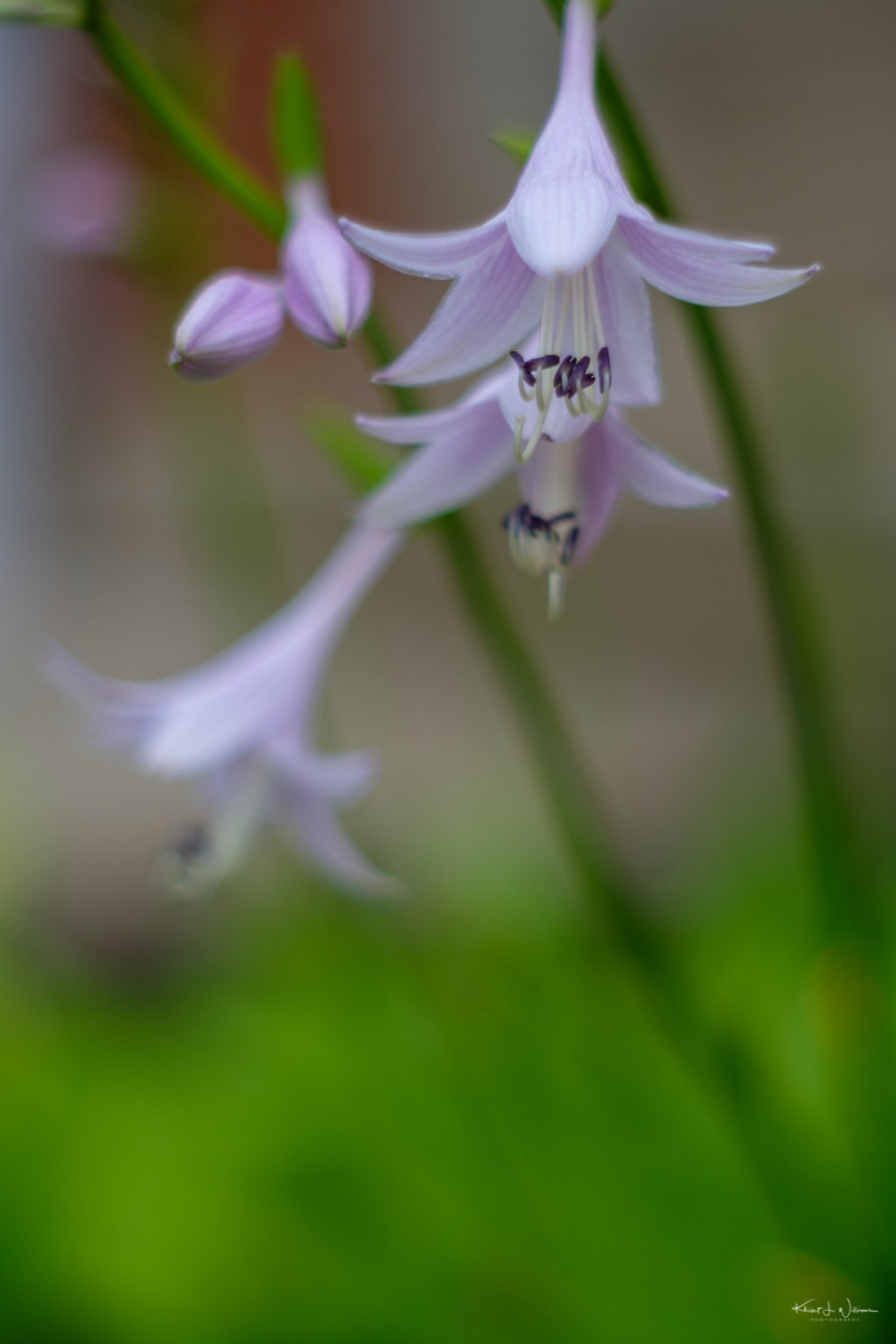

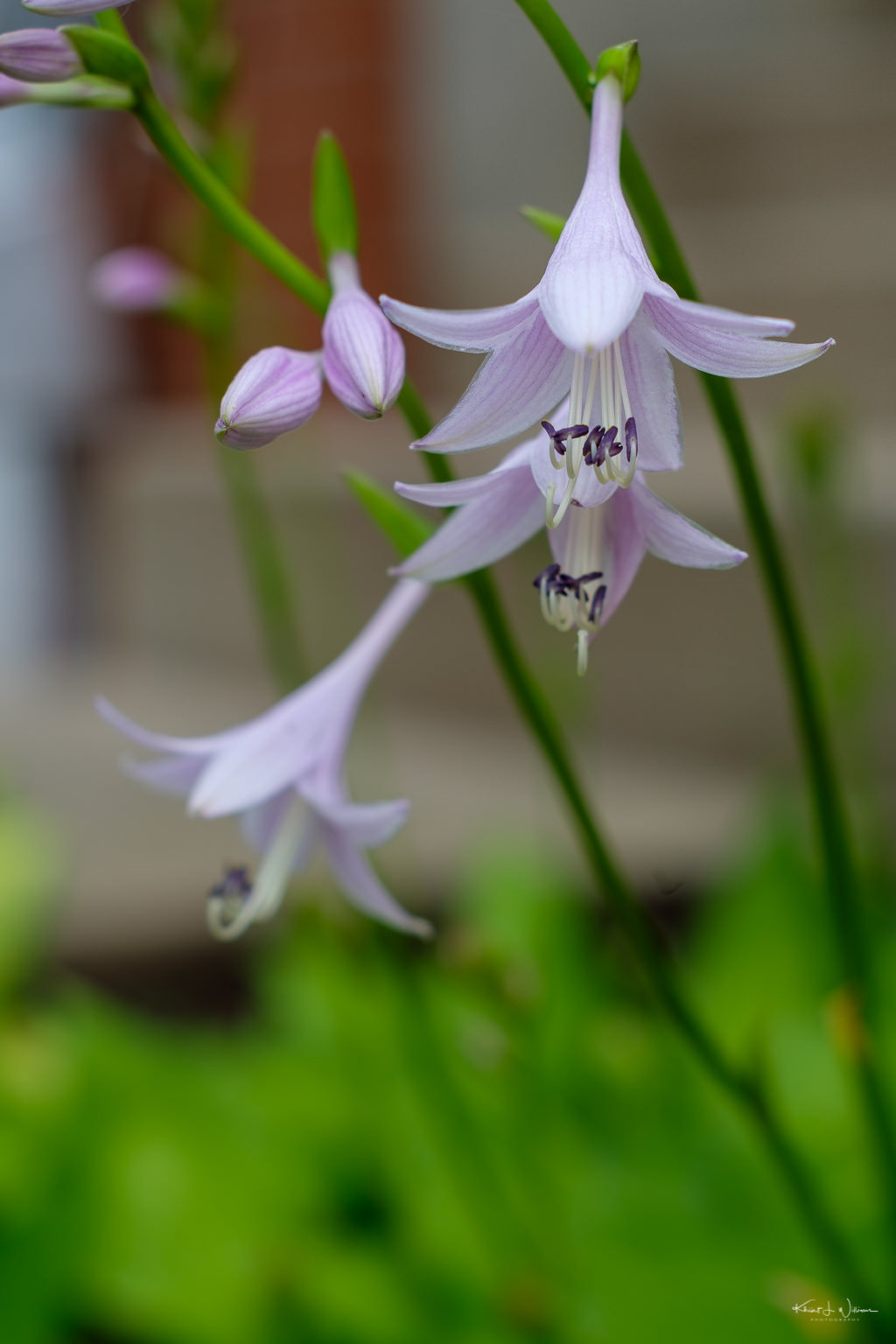
I practised using the Minolta MD Rokkor-X 50mm F1.7 at f/2.8. First, at the Brick Farm Tavern and Sourland Mountain Spirits.
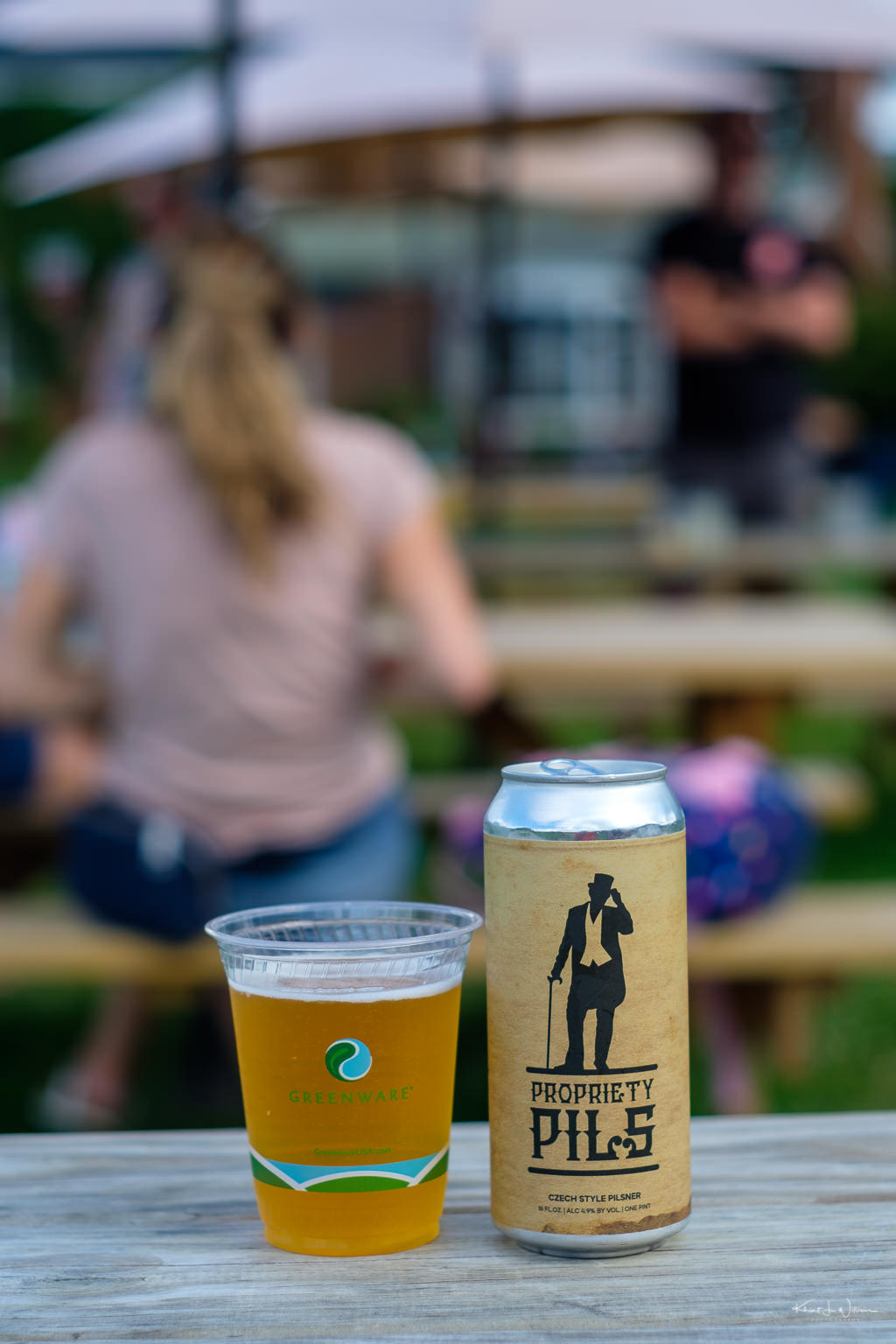
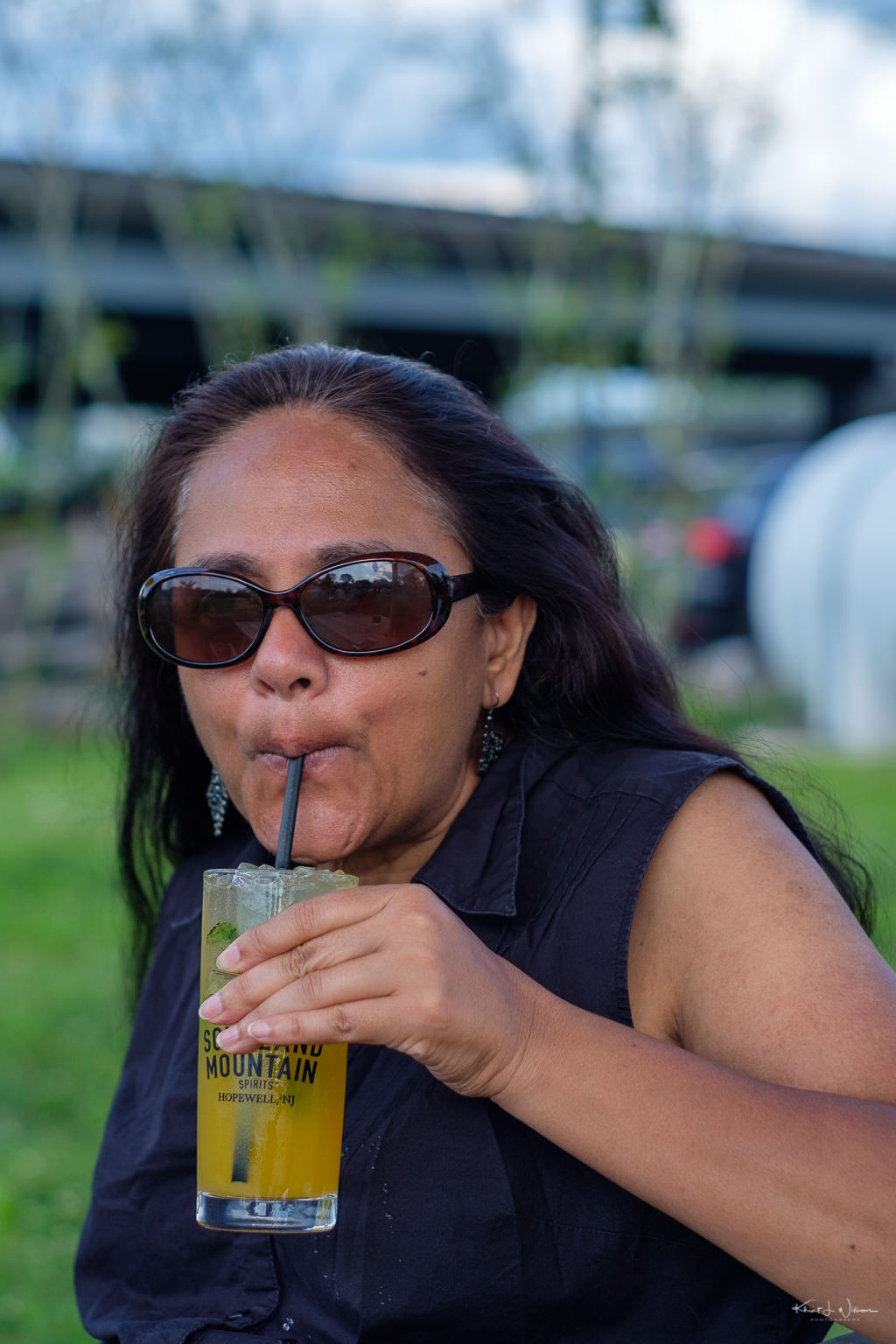
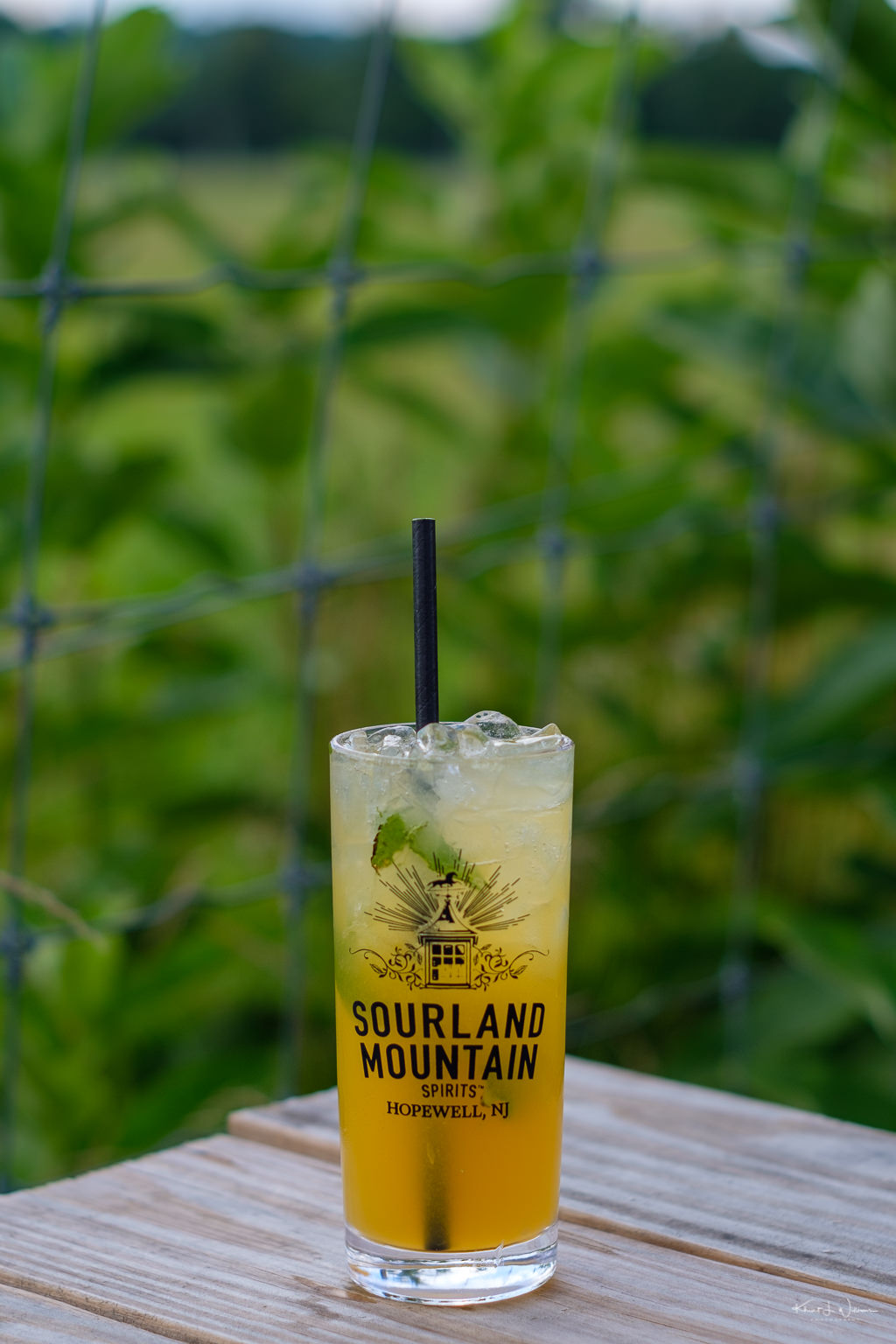
After cocktails, we drove to East Broad Street to order takeout at Tomatello's Latin Cuisine, a clever assemble of the word tomatillo and the owner's last name, Tello. We had a large order for Bhavna, Shaan and myself. While the restaurant prepared our food, we walked around East Broad Street and Seminary Avenue.
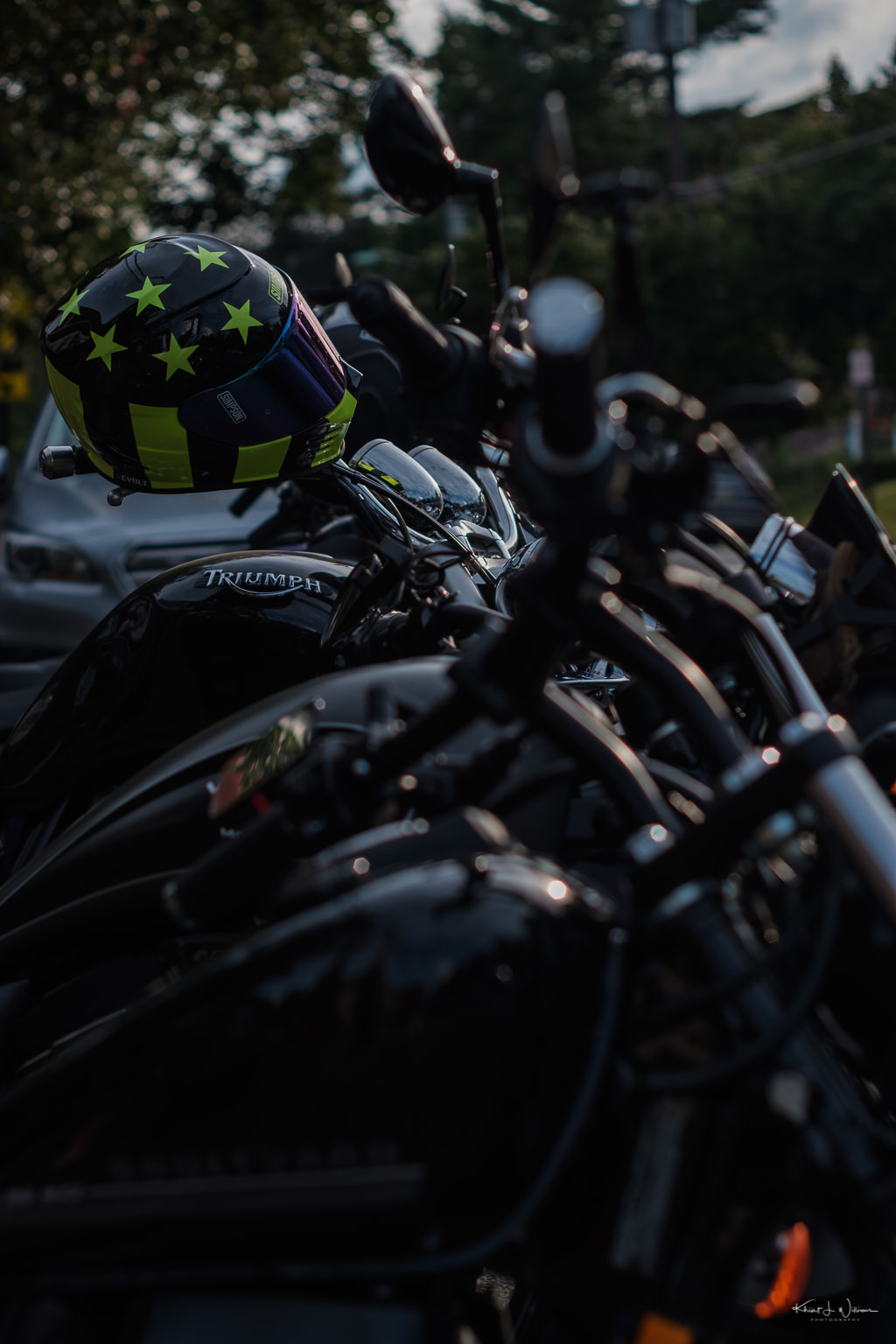
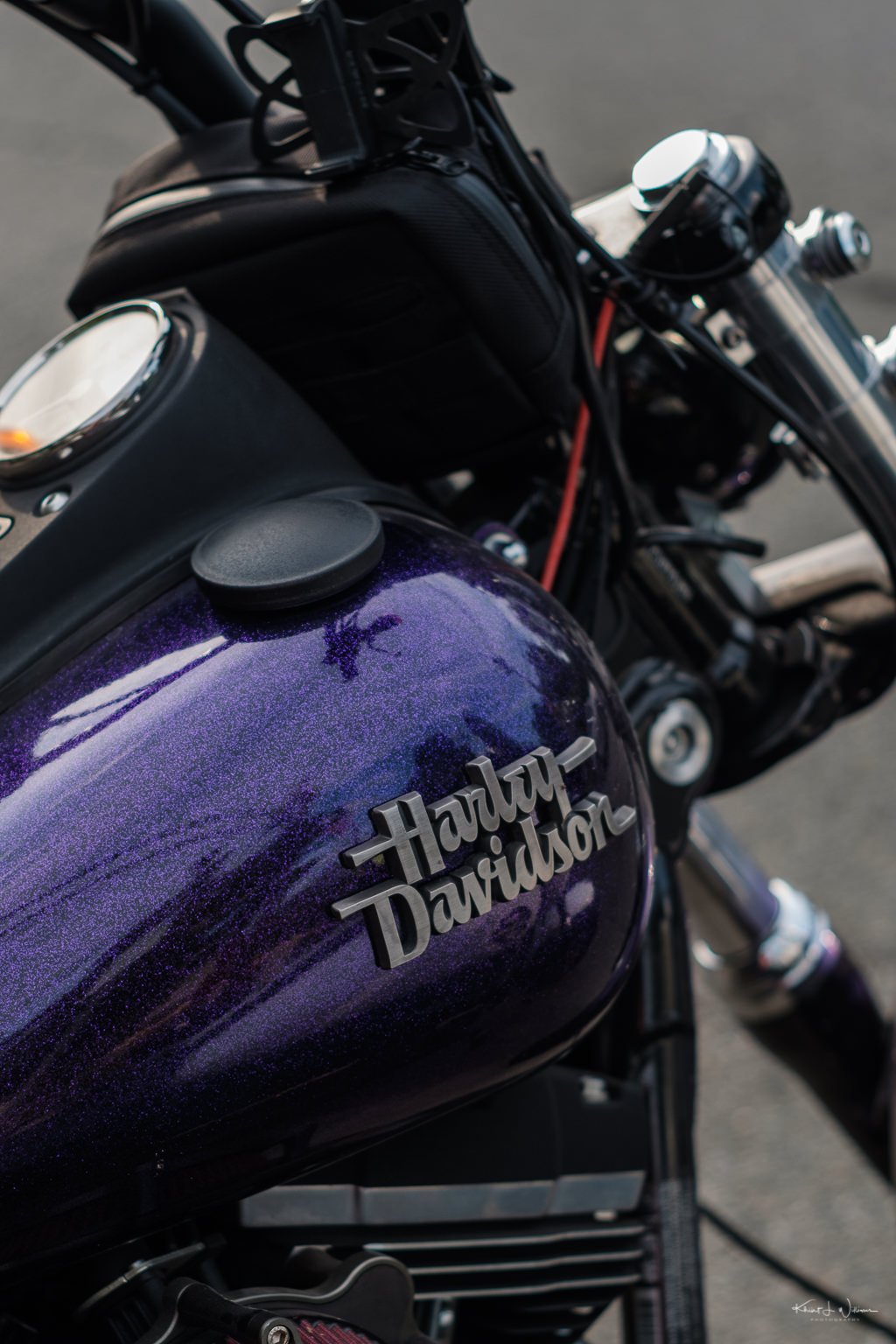
East Broad Street is a popular location for showing off cars and motorbikes.

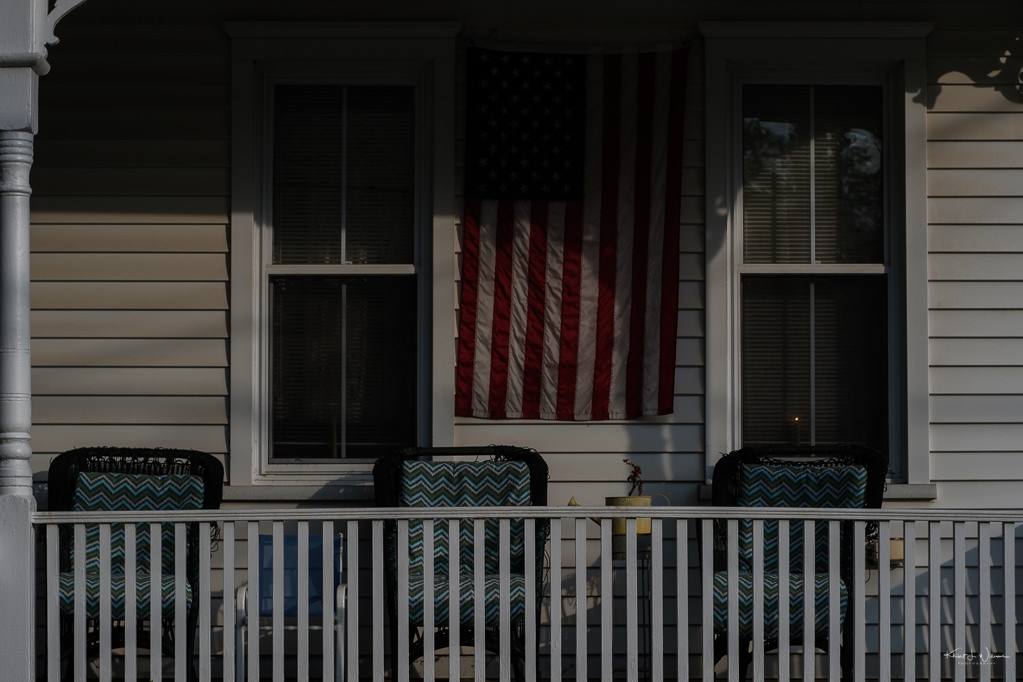
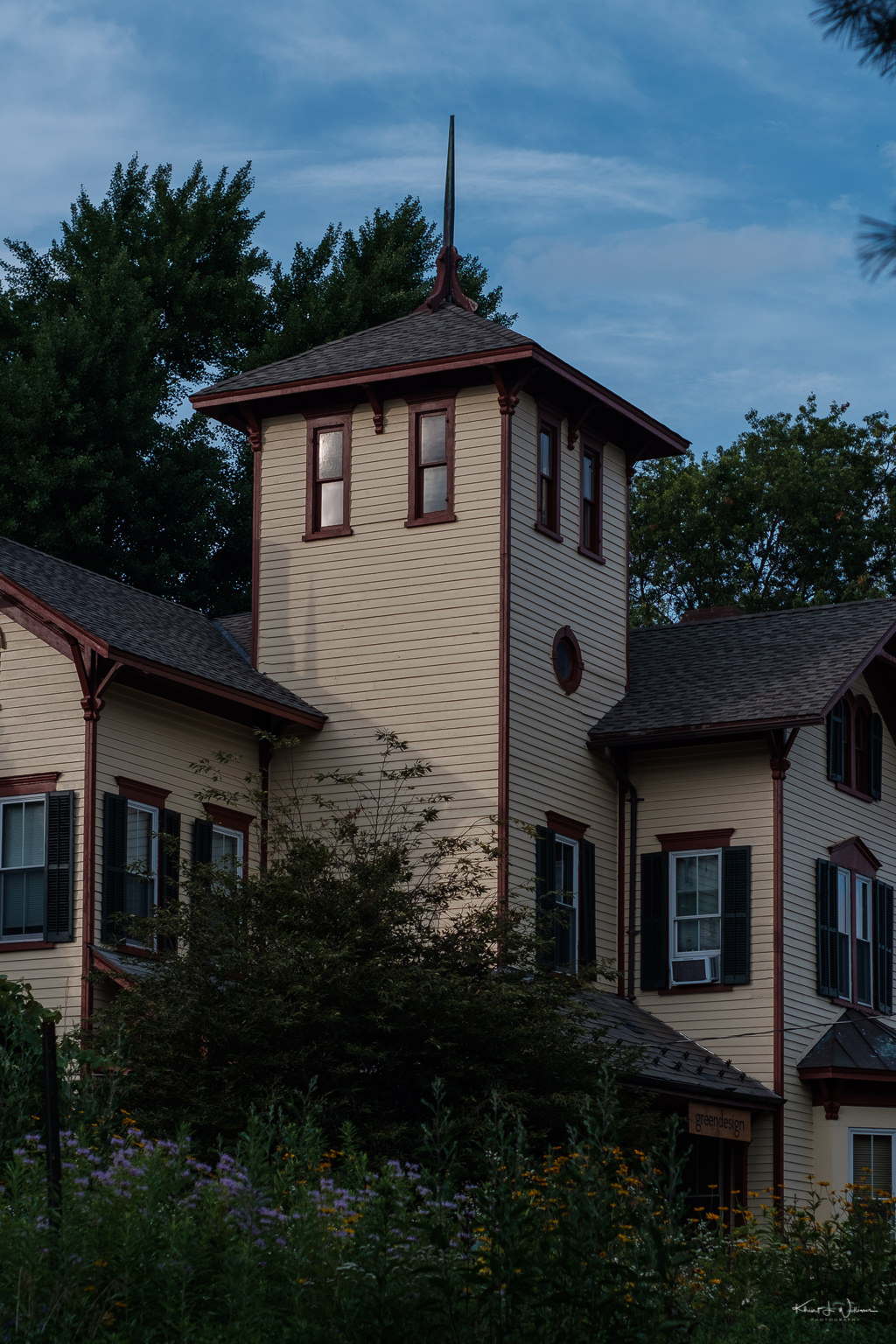
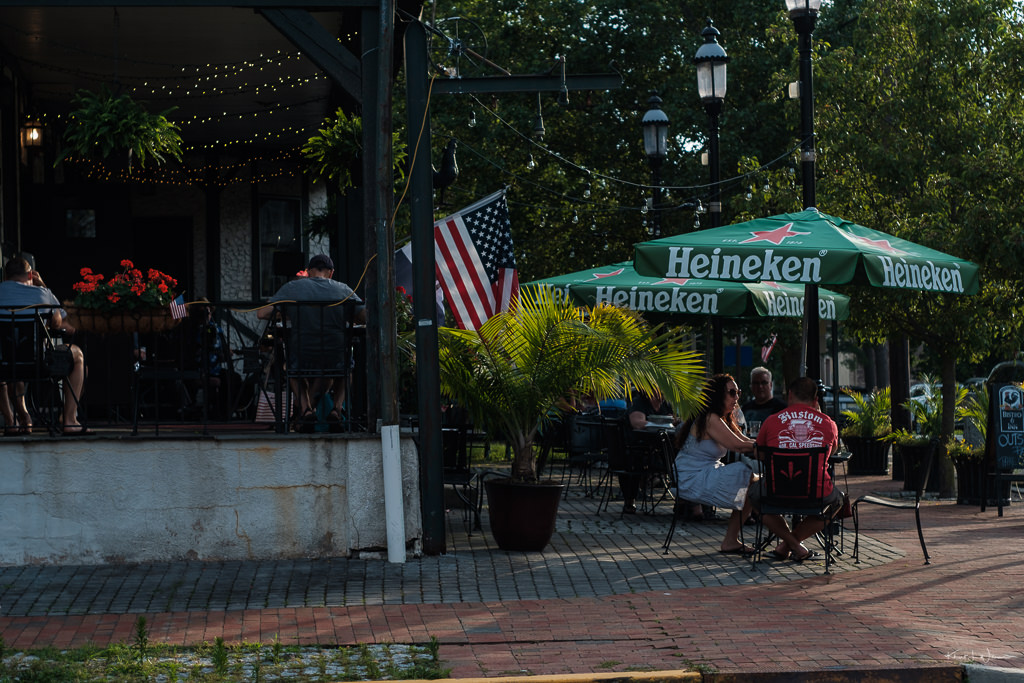
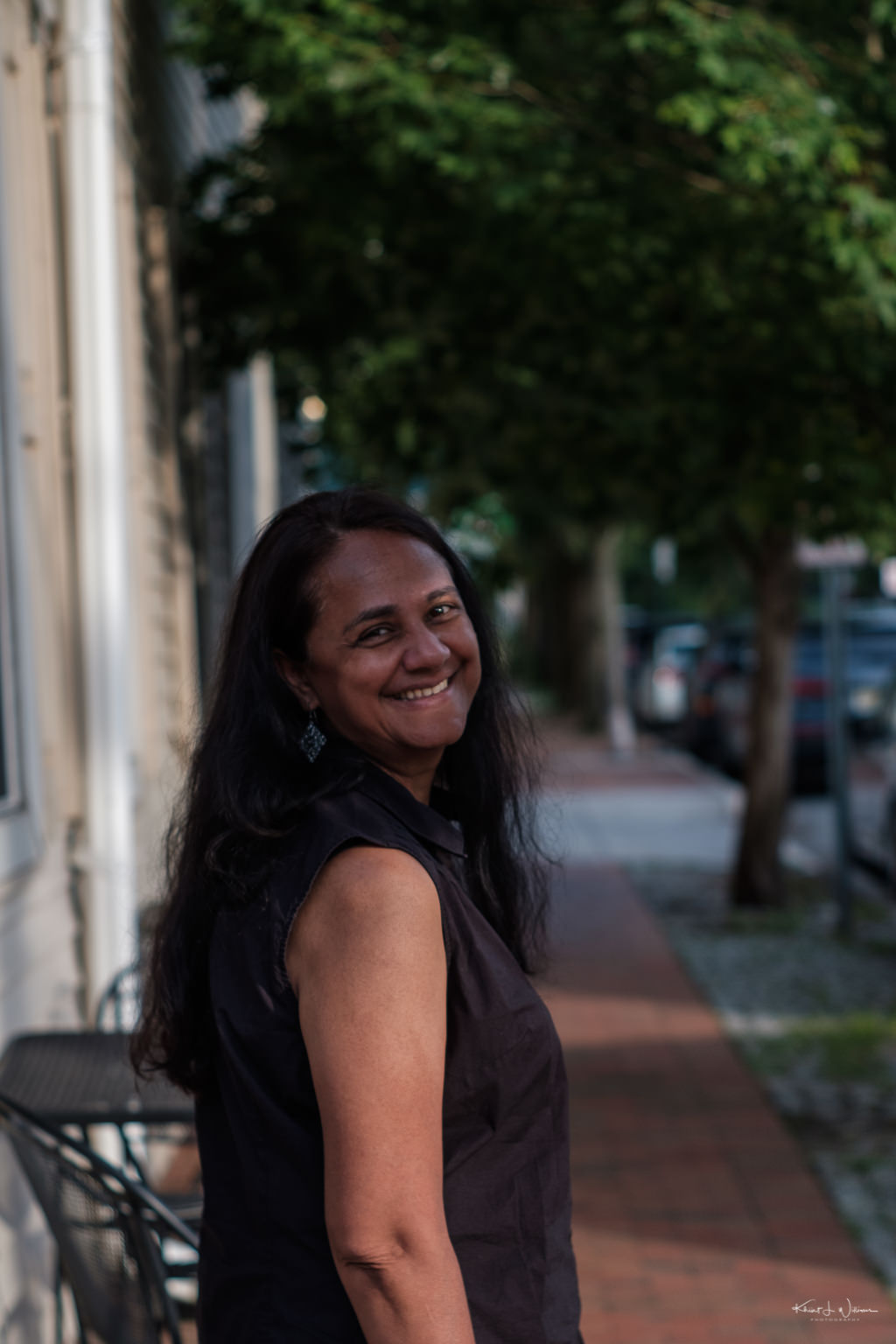
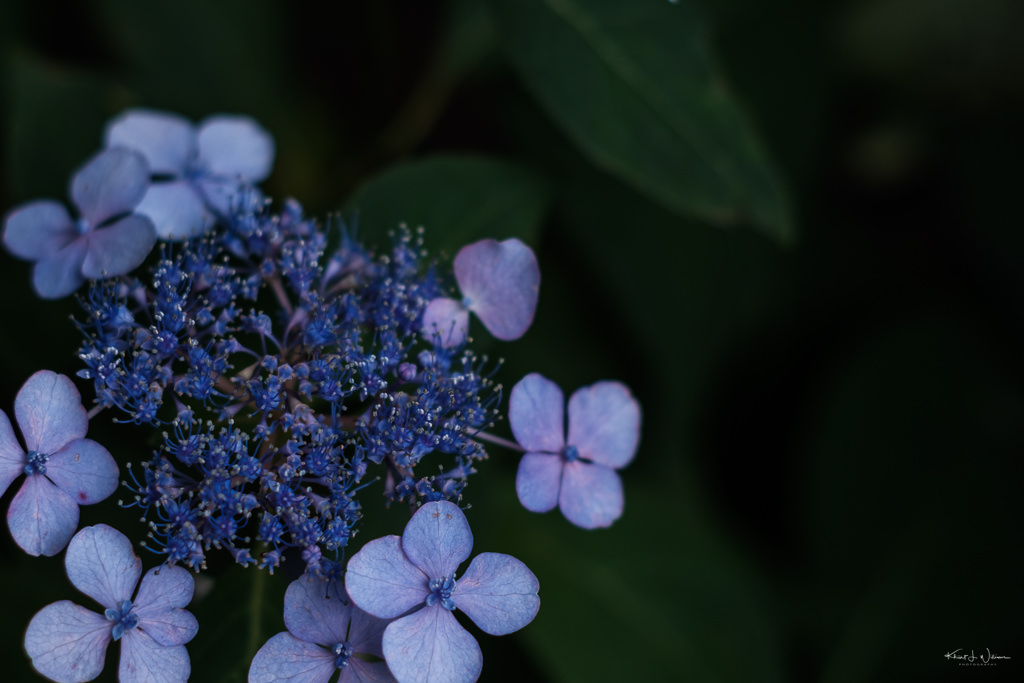
Sunday, 11 July, 2021
Lens-Artists Challenge #156 – Black and White
This week, Anne Sandler hosts the Lens Artist Challenge #156. She has picked the topic of black and white.
I love the colour of colour photography. The colour reminds me of the vibrancy of life. In the West Indies, where I grew up, colour is everywhere. People paint their homes and shops in bright reds, greens, blues, pinks, yellow etc. When I was a child, the mode of public transportation was a large diesel truck with a wood cab mounted to the flatbed with the body painted in whimsical colours of the owner's choosing. The local fishing boats were similarly painted in a multitude of colours.
Bhavna is from India, and the women of that country wear vibrantly coloured saris and kurta pyjamas. There is even a festival, Holi, that celebrates colour.
I don't often photograph in black and white. Except for winter, almost all of my photography is colour photography. Why winter? It seems that people in the United States must dislike colour. How else to explain the drab colours of the cities and suburbs? How else to explain the beige and grey cookie-cutter homes that pepper the suburbs of the North Eastern United States? When I drive around New Jersey, especially in the winter, I often wonder why so very few think to paint some colour to their homes and shops front so that we could enjoy a break from the seemingly depressing days of winter when the trees have no leaves, the ground is covered in a mixture of dirt and snow, and the skies are cloudy all day.
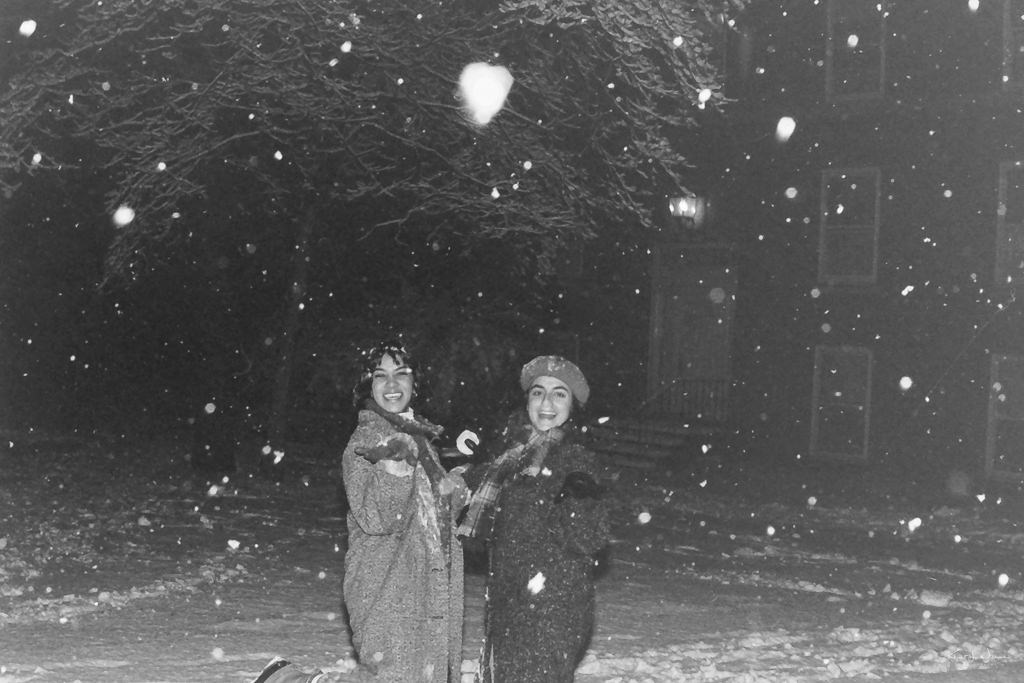
I have included examples of my black and white photographs from my early days as a student photographer to more recent ones photographed on my Fuji X-T2 and Minolta and Pentax 35mm film cameras. I remember back in the days shooting Ilford HP5 400, Kodak Tri-X Pan 400, and Kodak T-Max 400, but in the last two years, I have tried using film again after nearly a 30-year hiatus. The original Tri-X, T-MAX and Ilford are no longer available, but I could shoot modern versions of these films. I love Ilford HP5+ 400, but I have also exposed rolls of RPX 25 and RPX 100.
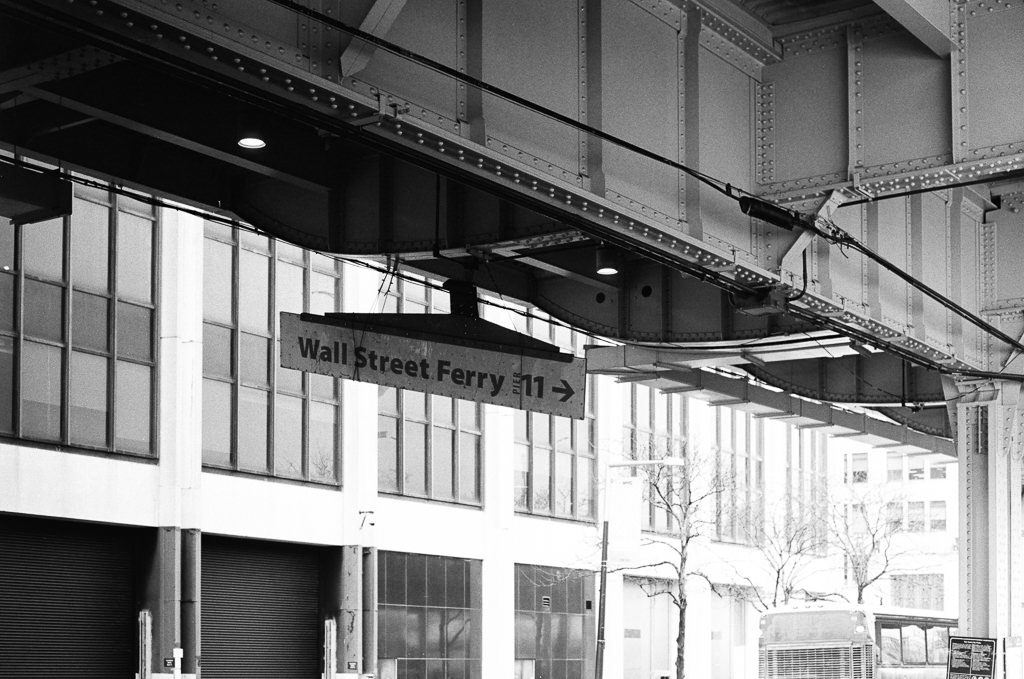
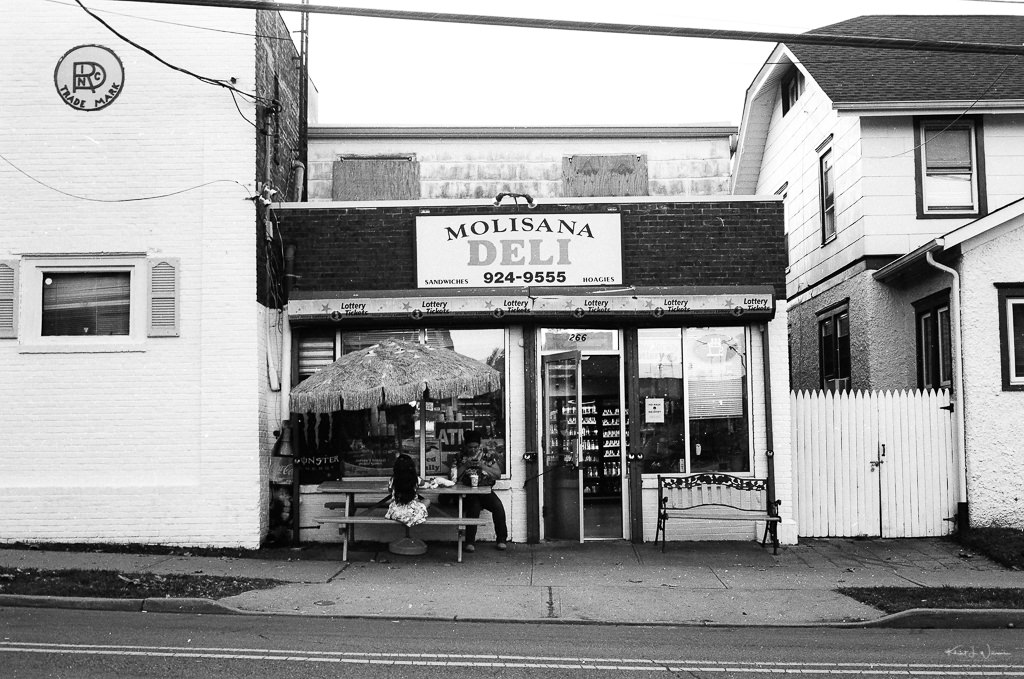
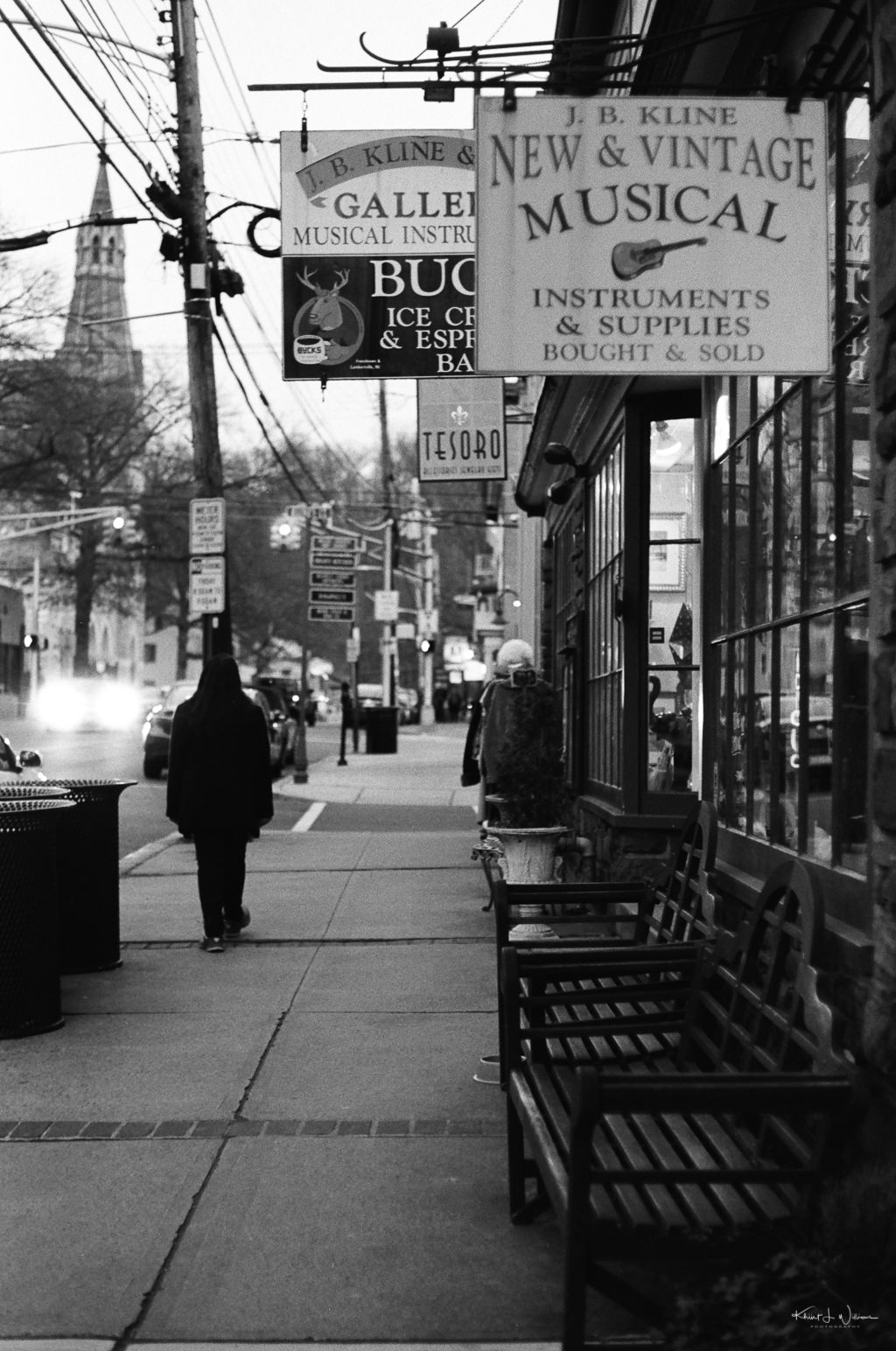
When I process digital images to black and white, I use some of the same tools Anne uses, but most often, it's a mixture of things. Sometimes, I use Silver EFX Pro, and sometimes I use in-camera film simulation recipes. Sometimes, I apply an Adobe Lightroom preset and tweak the image to my liking. I don't use one set method. I use whatever works to create the image I want. However, I get the best results when I shoot in B&W on my Fuji X-T2 using the ACROS film simulation, or I flip to B&W in Adobe Lightroom and edit the images using the Lightroom histogram exposure, shadows, highlight and whites slider.
